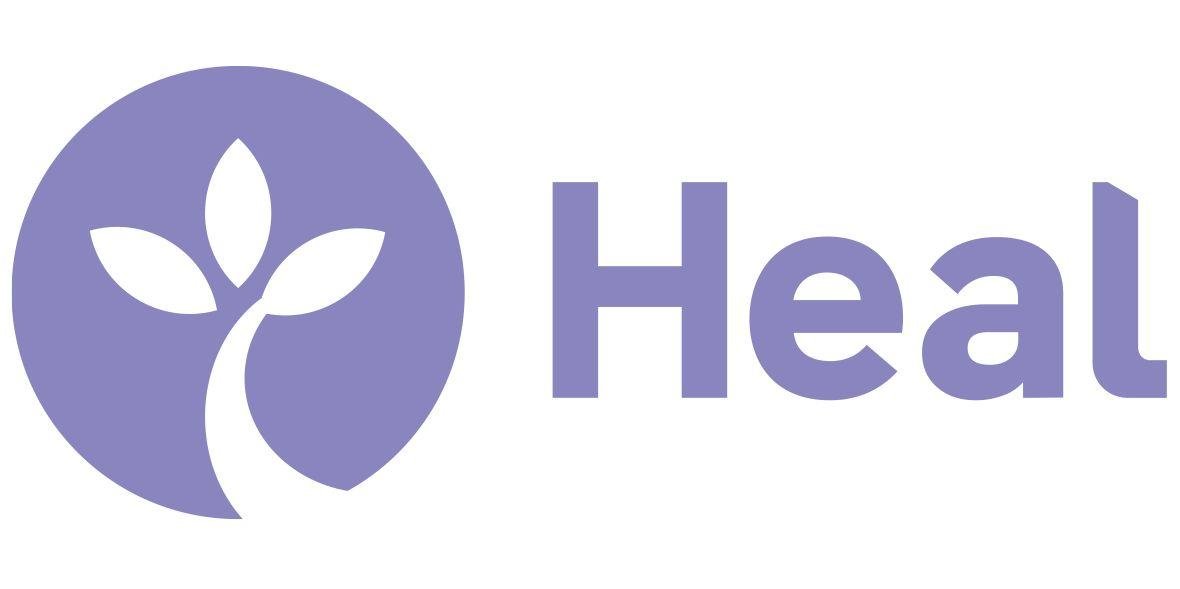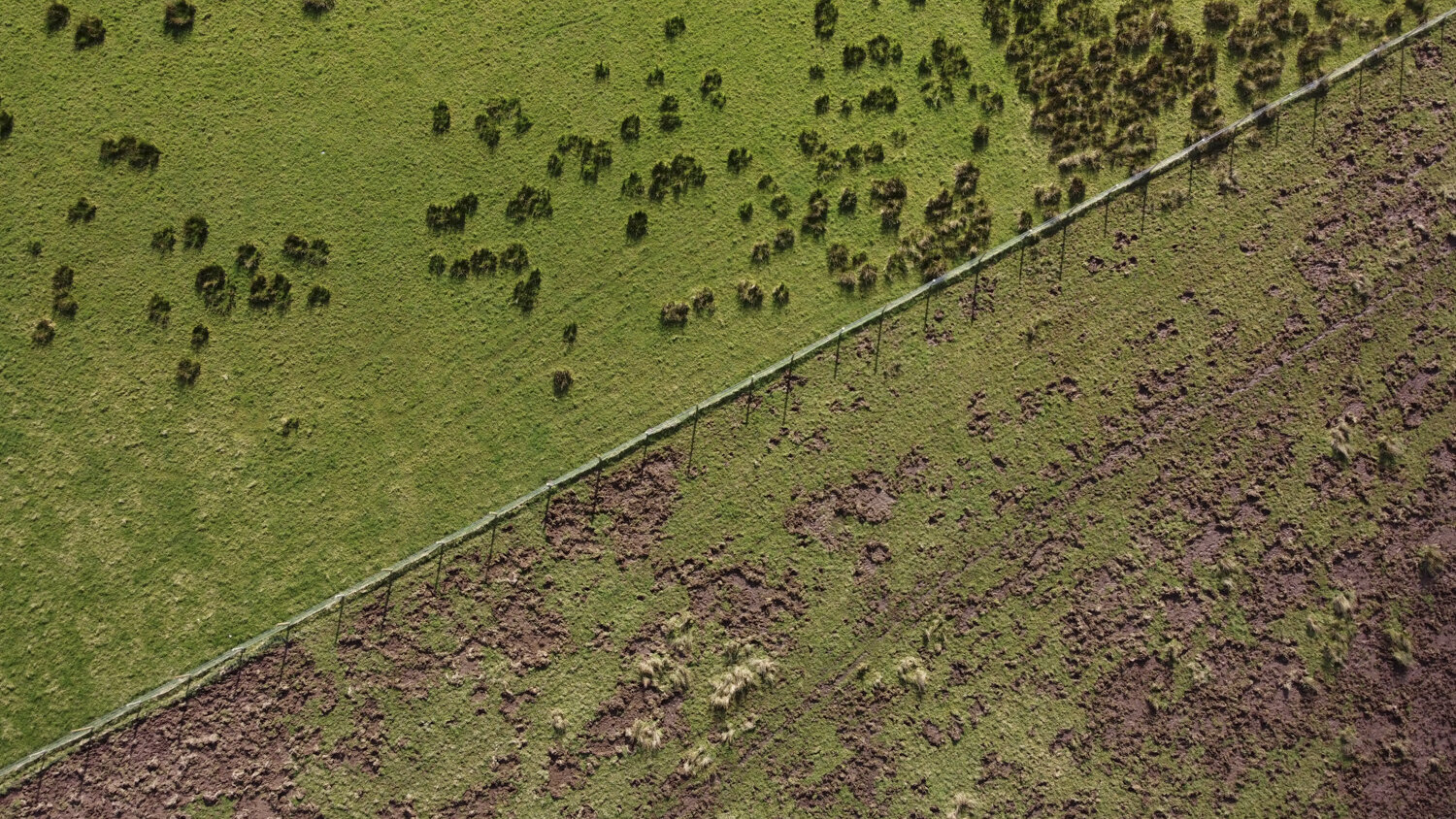
Photography Exhibition
Fine Foundation Gallery, Durlston Castle, Swanage, Nov 7th to Dec 10th 2023
Free entry - open Monday to Sunday, 10-4
"This exhibition is quite simply marvellous. Sam Rose has a highly unusual gift...his camera becomes an extension of himself revealing landscapes, wildlife and people as if you are inside his head and, that his head is playing host to a wormhole of thousands of years of experiences, rather than simply a question of framing, light and mathematics. He has a painterly eye and you are left with a sense that he is revealing something more than what is immediately visible."
— Tim Smit, founder of the Eden Project
Some photos from the the exhibition when it was at the Bridport Arts Centre in summer 2022



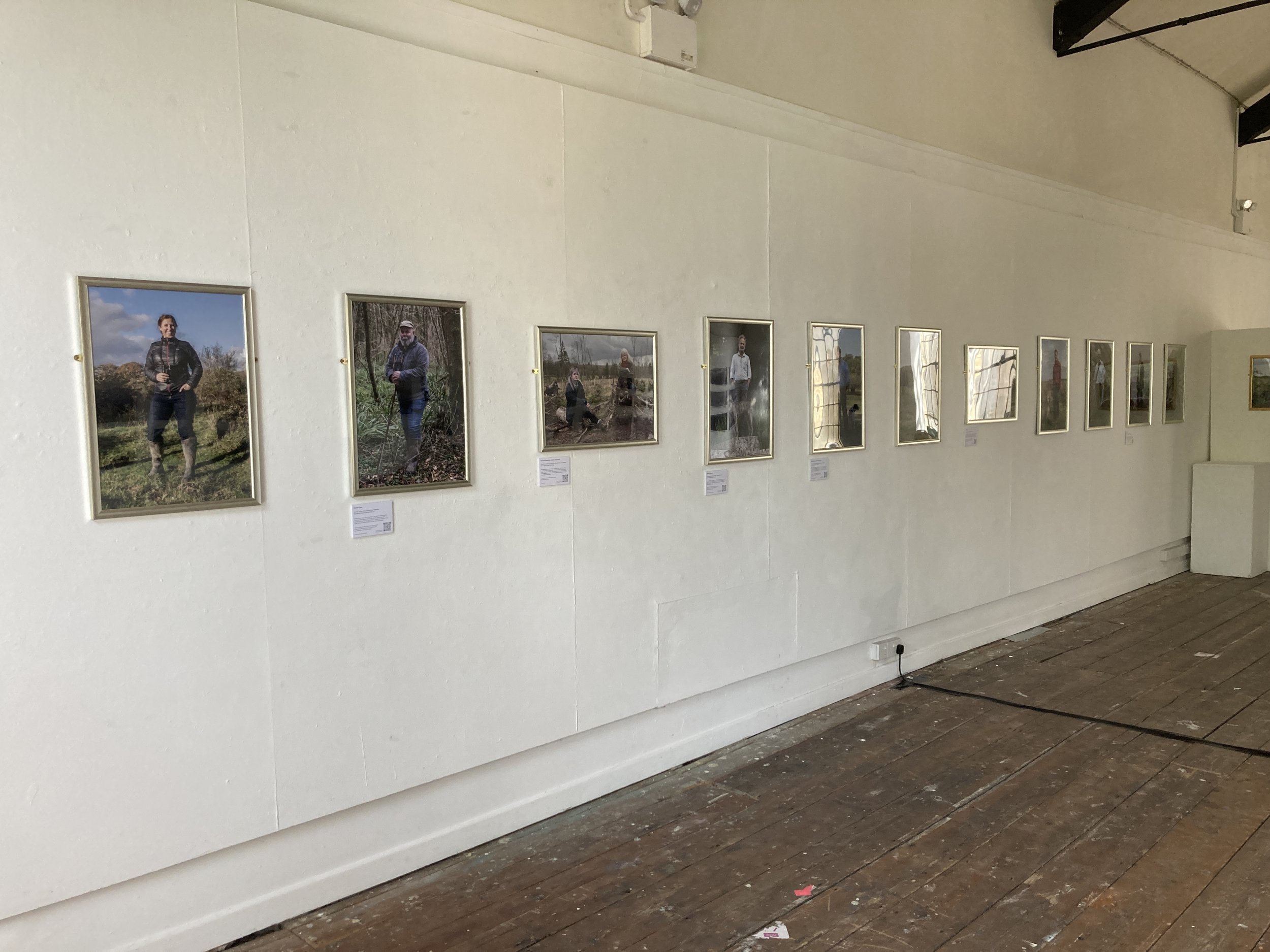
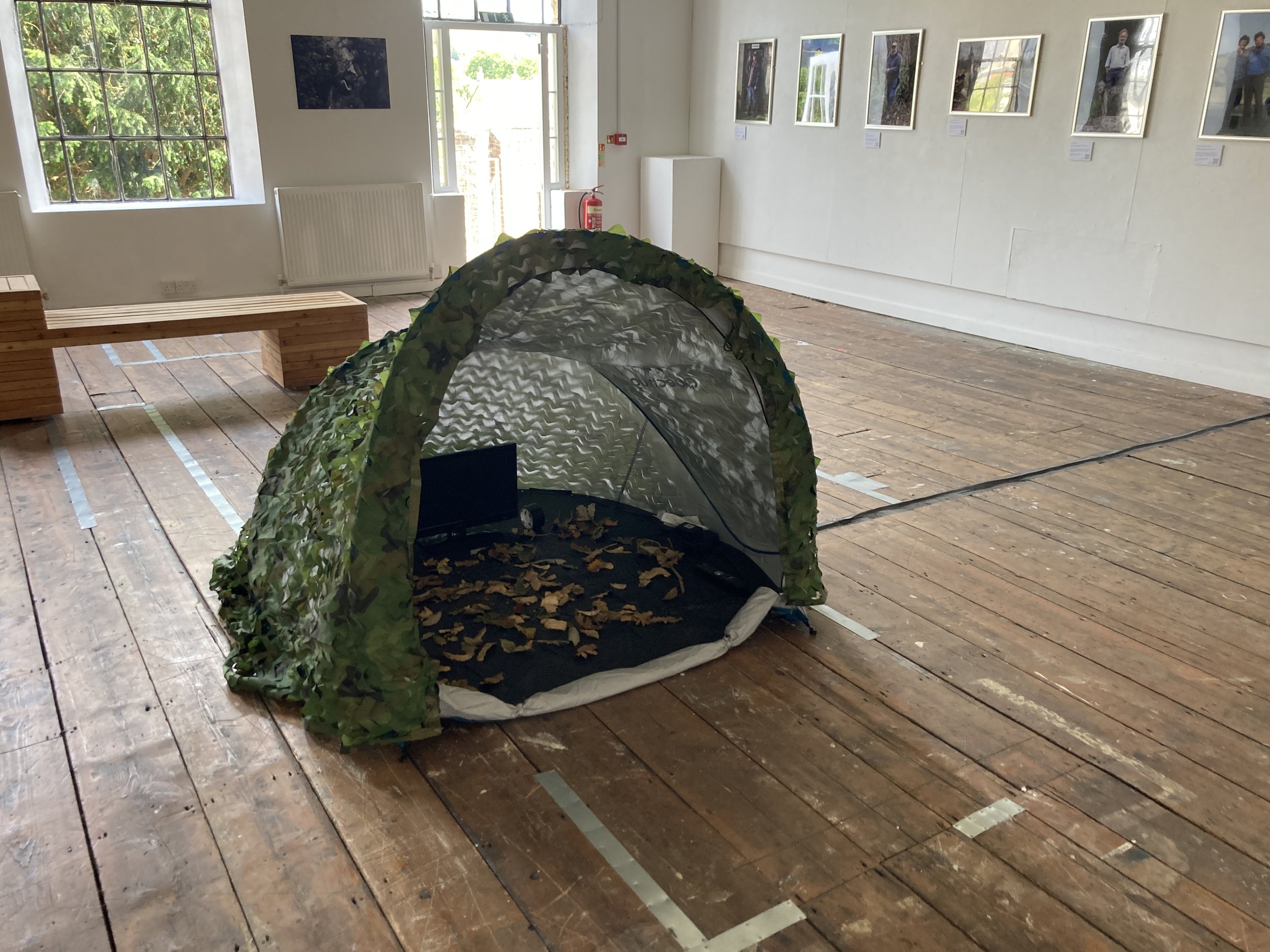

About the exhibition
Rewilding
The concept of rewilding has taken the environmental sector by storm in the recent years. Although the idea was first introduced in the 1980s in the USA, the 2019 book ‘Wilding’ by Isabella Tree about the successes for biodiversity from rewilding at the Knepp Estate in West Sussex has raised public consciousness hugely.
Rewilding has also been a story theme on The Archers, and even the Prime Minister mentioned ‘Build Back Beaver’ in a Party Conference speech. It is also supported by Sir David Attenborough and Ed Sheeran, so it must be a good thing!
But what is it?
Rewilding can mean many things to many people; it is a spectrum of approaches based on allowing natural processes, rather than people, to take the lead in nature conservation. This means ceding control to nature and then accepting that we do not know necessarily what will happen, but that we trust nature to know what it is doing – which it normally does.
This might mean leaving an arable field to grow what are seen by many as weeds and scrub, but which in fact support pollinating insects, which attract more birds and bats, which are predated on by raptors, and so on – expanding and refilling the web of life from a barren monoculture.
It might also mean introducing beavers onto a formerly straightened river, allowing them to fell trees and build dams. This will change the course of the river, clean farm chemicals and sediments out of the water, slow down the current in the winter and allow water to flow in the summer. Less flooding downstream and more water in drought periods.
Why is it important?
We are living in the midst of biodiversity and climate crises. The planet is warming and changing as a result of our actions, and at the same time we have depleted our biodiversity; more than 60% of our species have been depleted in the last 50 years, many now facing near extinction from the UK. Rewilding can help all of this.
The work at Knepp and other places has shown that by allowing nature to take the lead, and then by replicating the processes that wild herbivores would have done back when the land was ‘wild’, you can very quickly reverse the decline in biodiversity and allow ecosystems to recover naturally. We have tried for too long to do this ourselves, but we only really understand a little of how nature works, and so we just end up controlling it for our own well-intentioned ends. Rewilding doesn’t have an end, intentioned or otherwise, it allows nature to make that decision.
Rewilding is also important in that it improves soil, air and water quality, it can prevent flooding, and is great at sequestering carbon out of the atmosphere. Furthermore, it has huge benefits for health and wellbeing, enabling people to get closer to nature. It creates spaces in which there are free roaming herbivores – such as rare breed cattle, pigs or boar, deer, horses, beavers - often all mingled together in one single space, so people can interact with nature in a way that contemporary agriculture doesn’t allow. In a world in which we are so disconnected with nature, this is more important than ever.
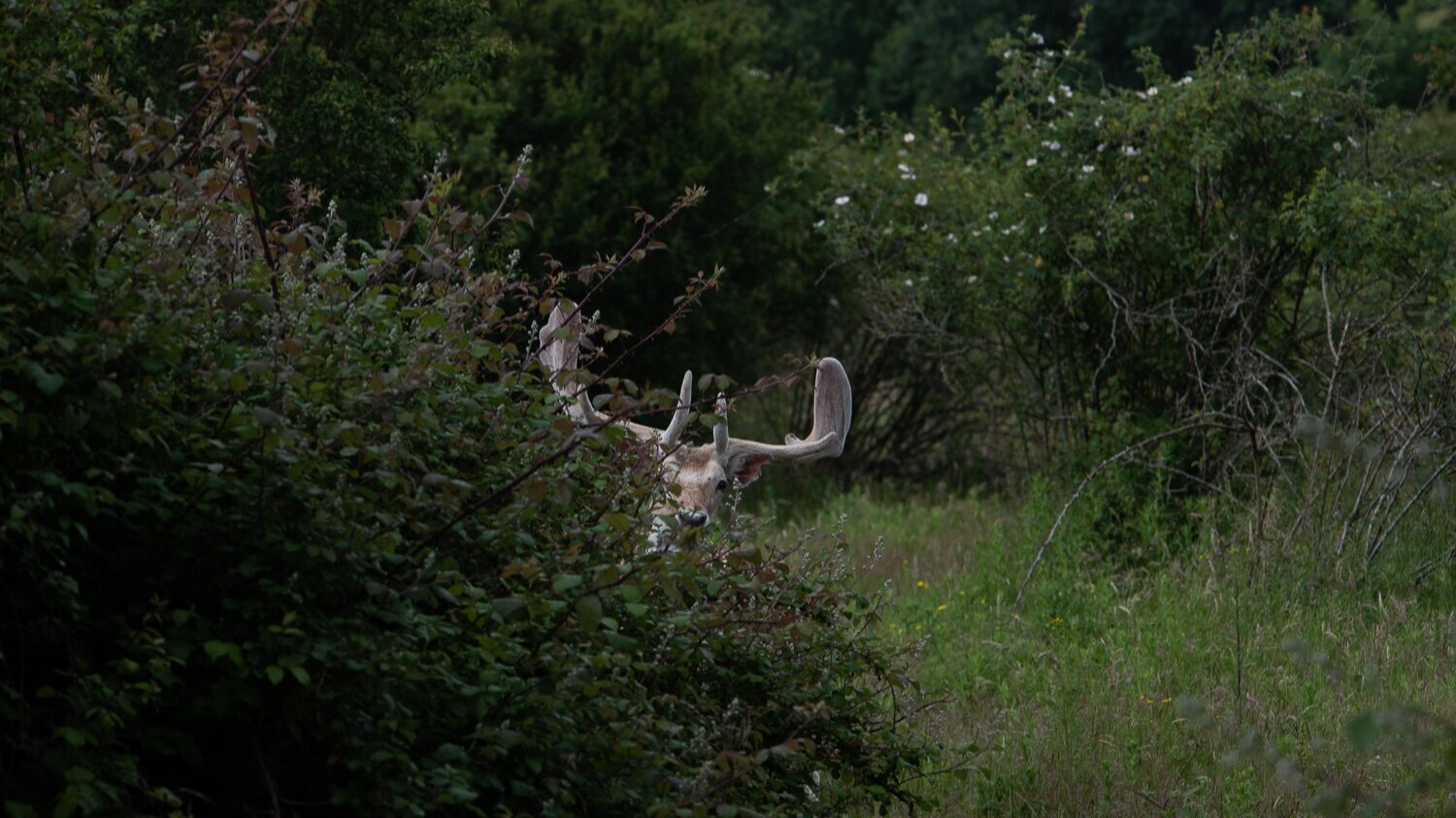
I have spent the last two years exploring and photographing rewilding in the UK, as you can see from my case studies and podcasts. This exhibition is a chance to show what I have done in a different way. It is divided into five sections - each of which are set out below
ENGINEERS
The ‘ecosystem engineers’ are the animals who do the work of rewilding. Their grazing, browsing, rootling, tree felling and dam-making create space for nature. All that is missing are some large predators like the Lynx.
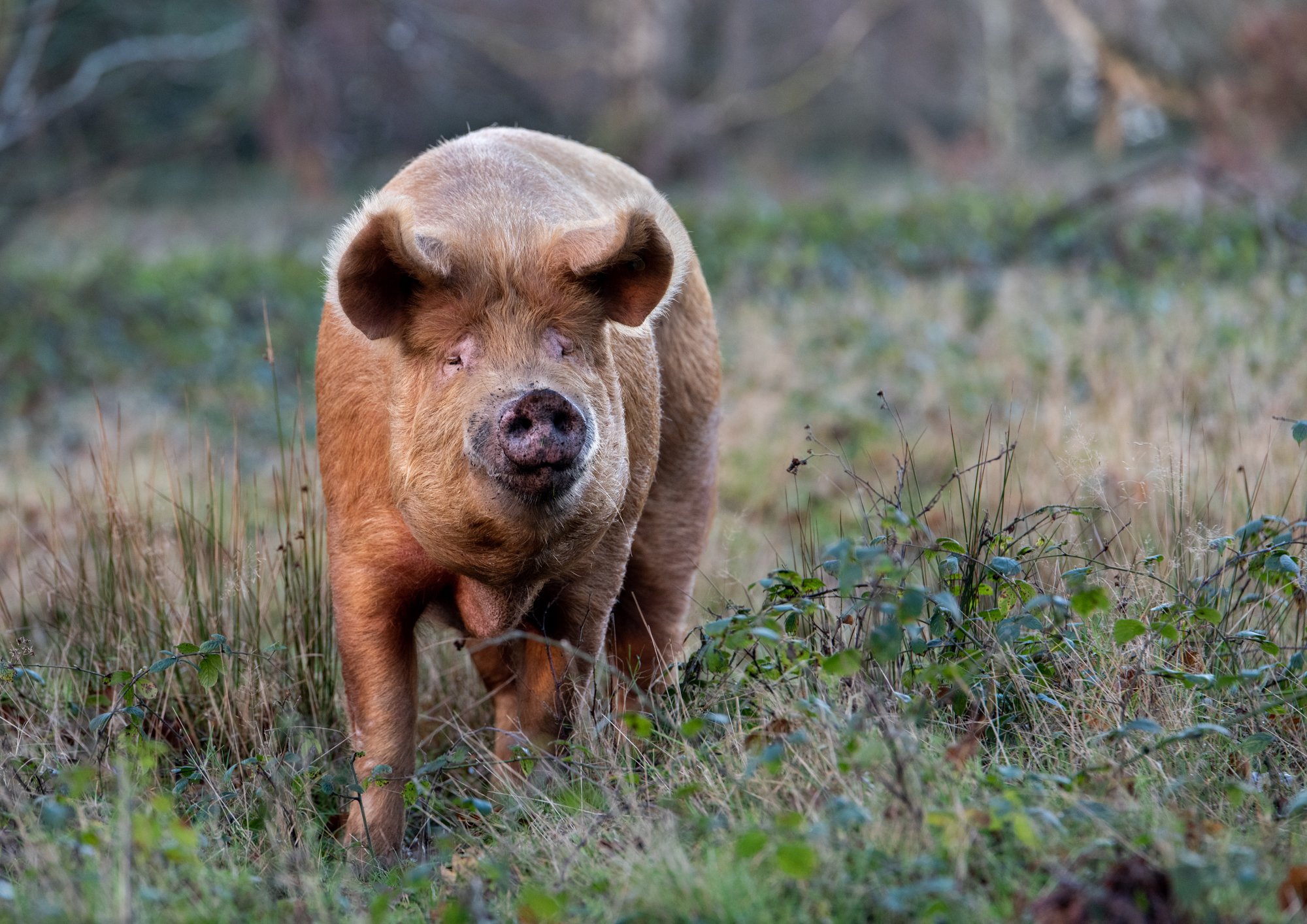
Tamworth sow, Wild Ken Hill, Norfolk
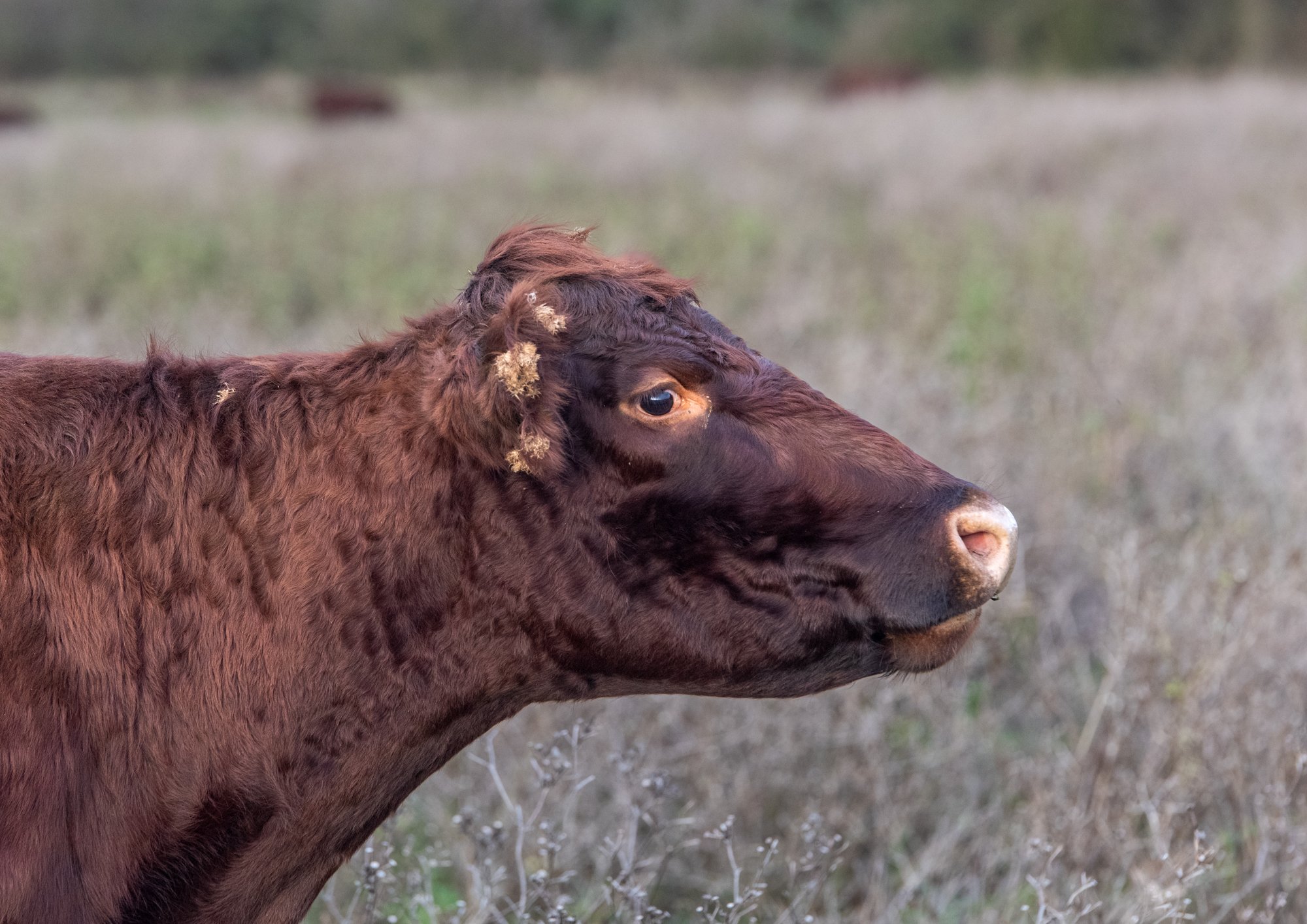
Red Poll cow, Wild Ken Hill, Norfolk
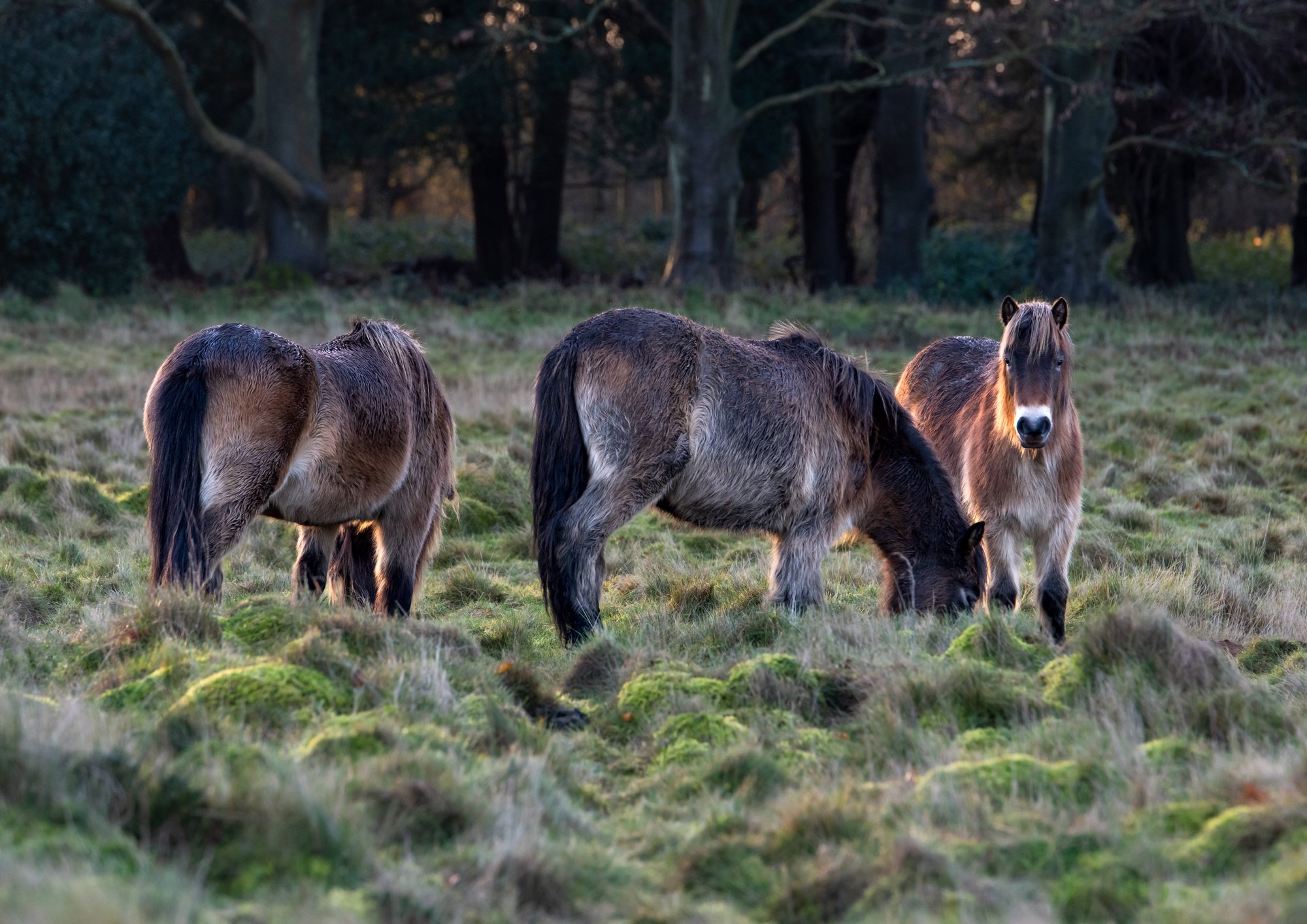
Exmoor Ponies, Wild Ken Hill, Norfolk

Red Deer stag, Knepp Wildlands, West Sussex
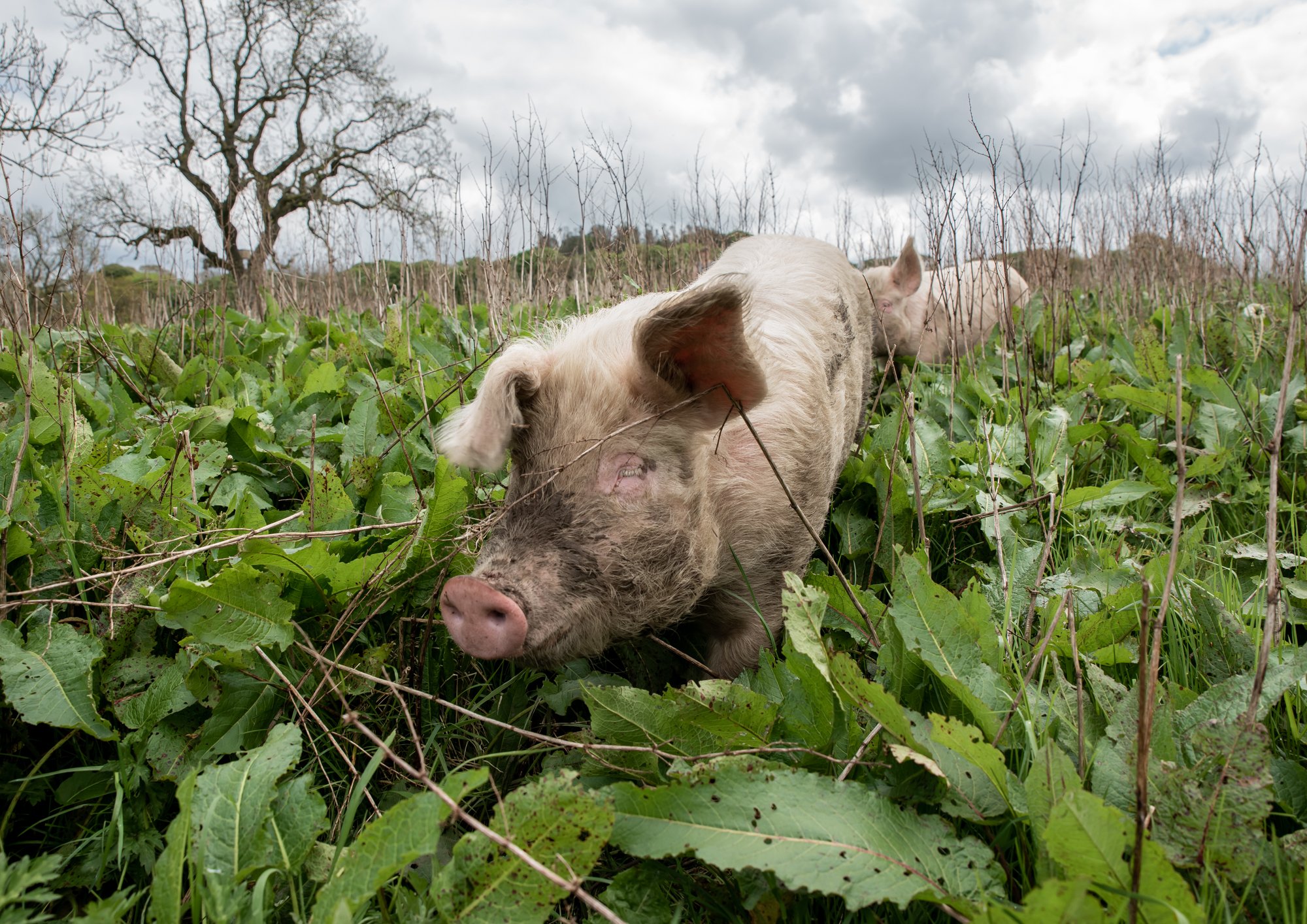
Gloucester Old Spot cross, Sunart Fields, Peak District
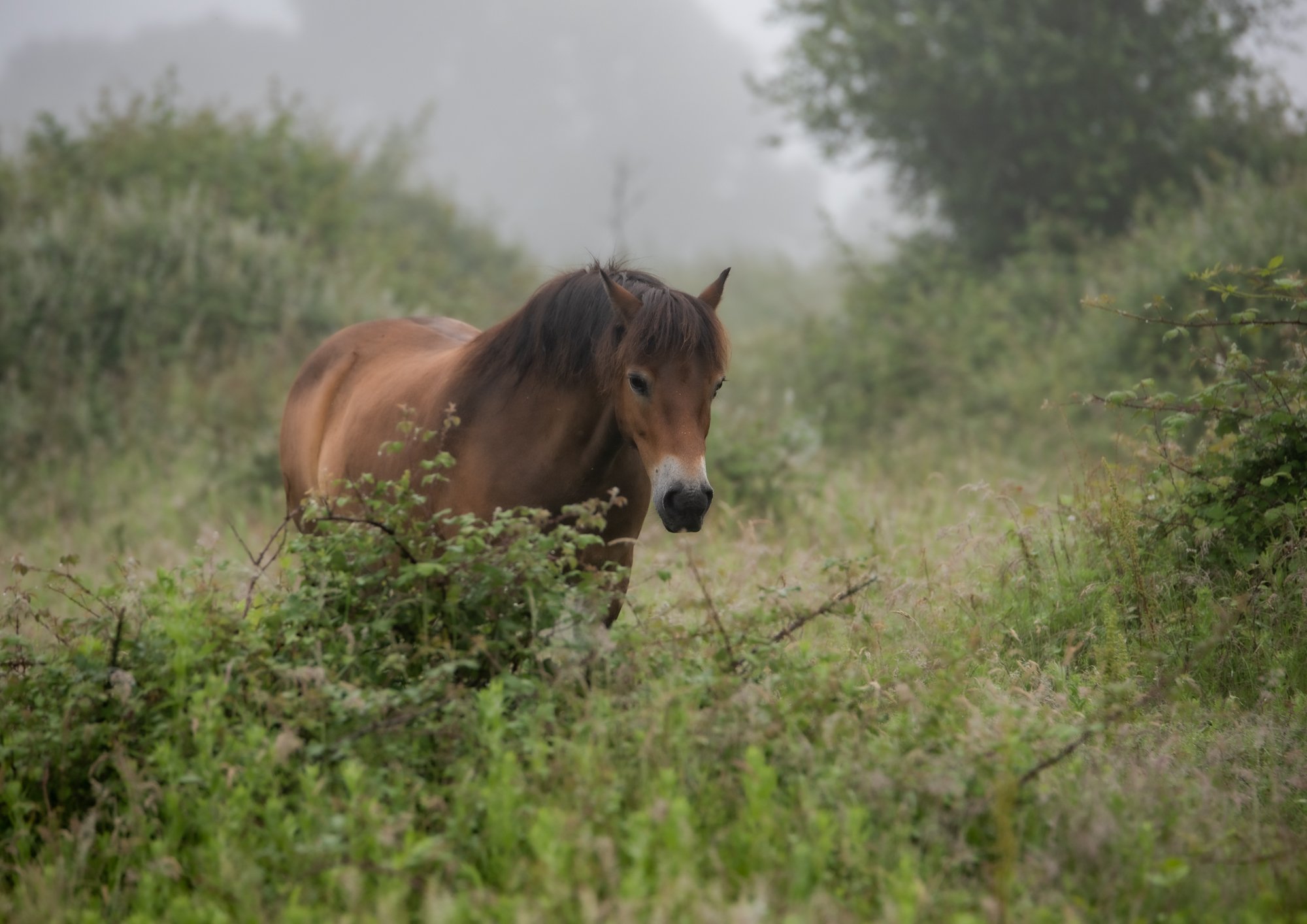
Exmoor Pony, Knepp Wildlands, West Sussex
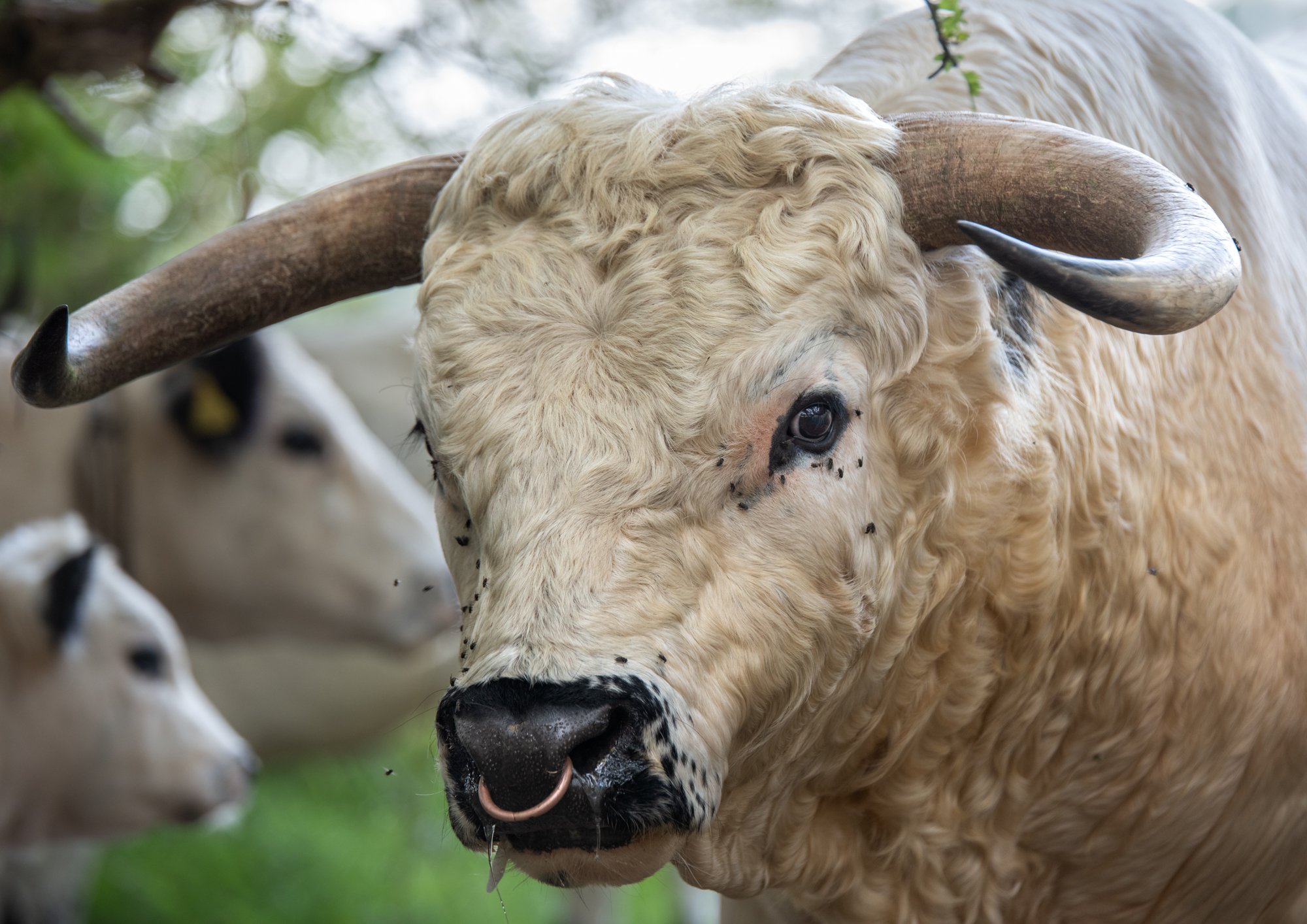
Albie - White Park Bull, Mapperton, Dorset
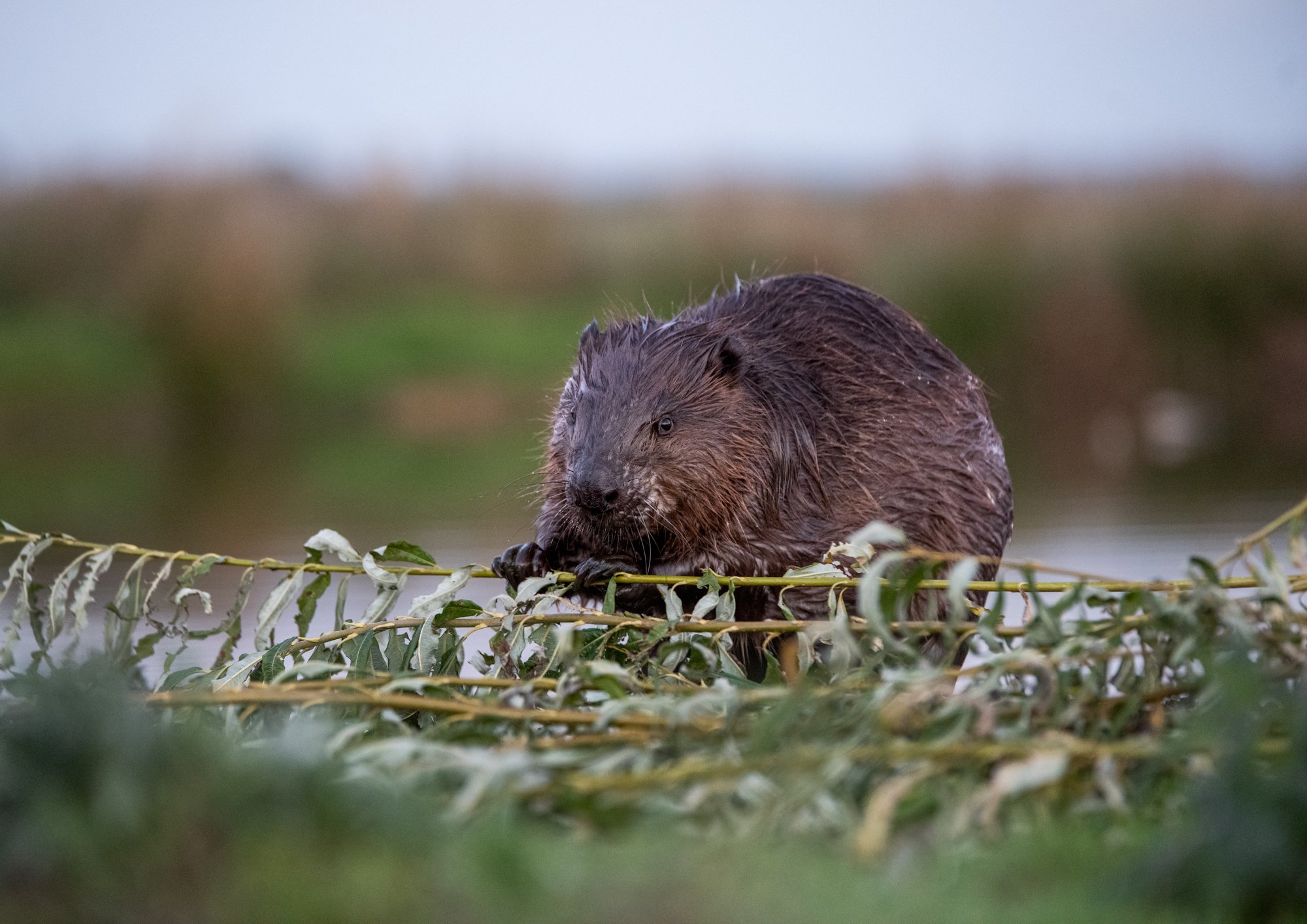
Beaver, West Devon
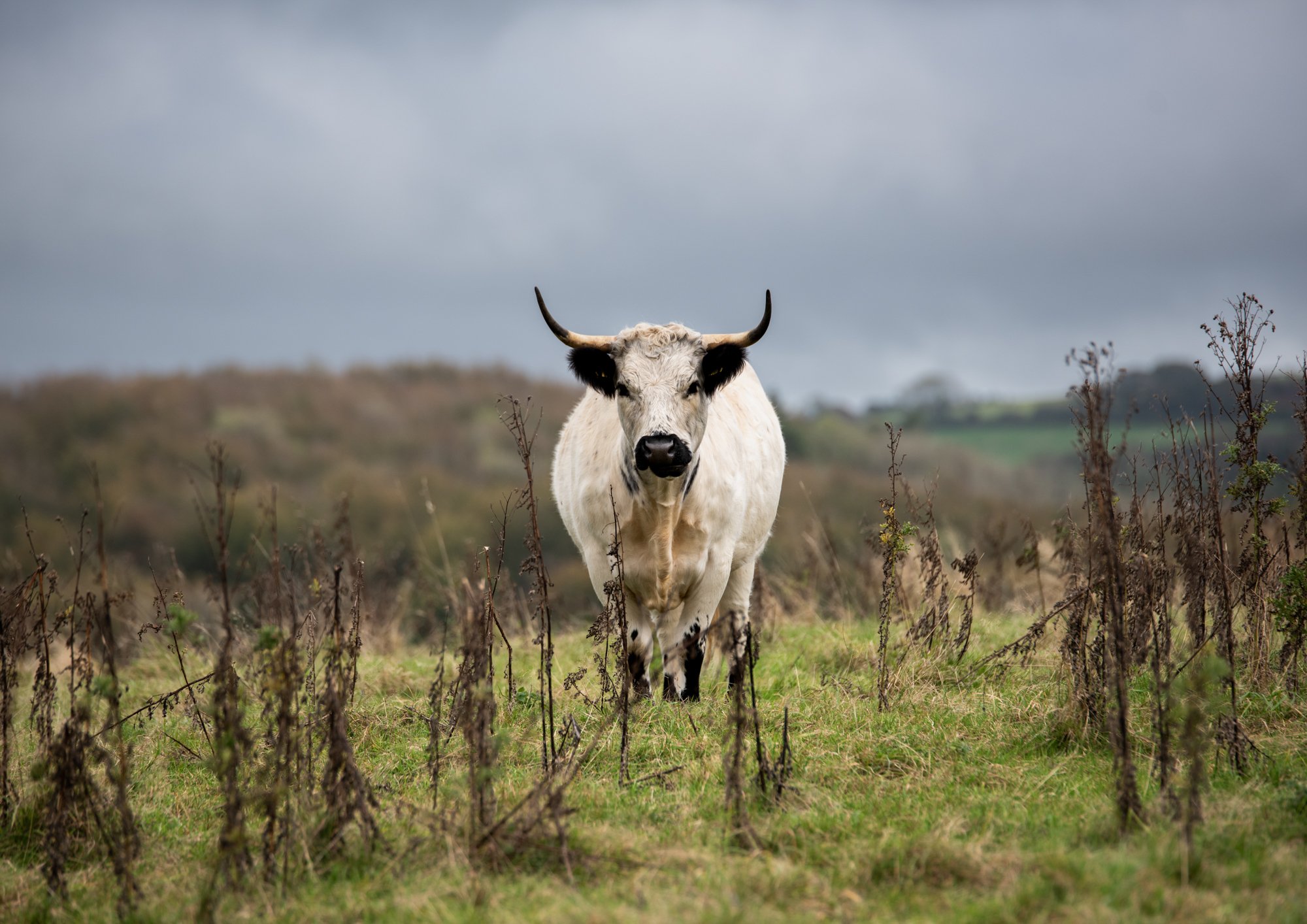
White Park heifer, Mapperton, Dorset
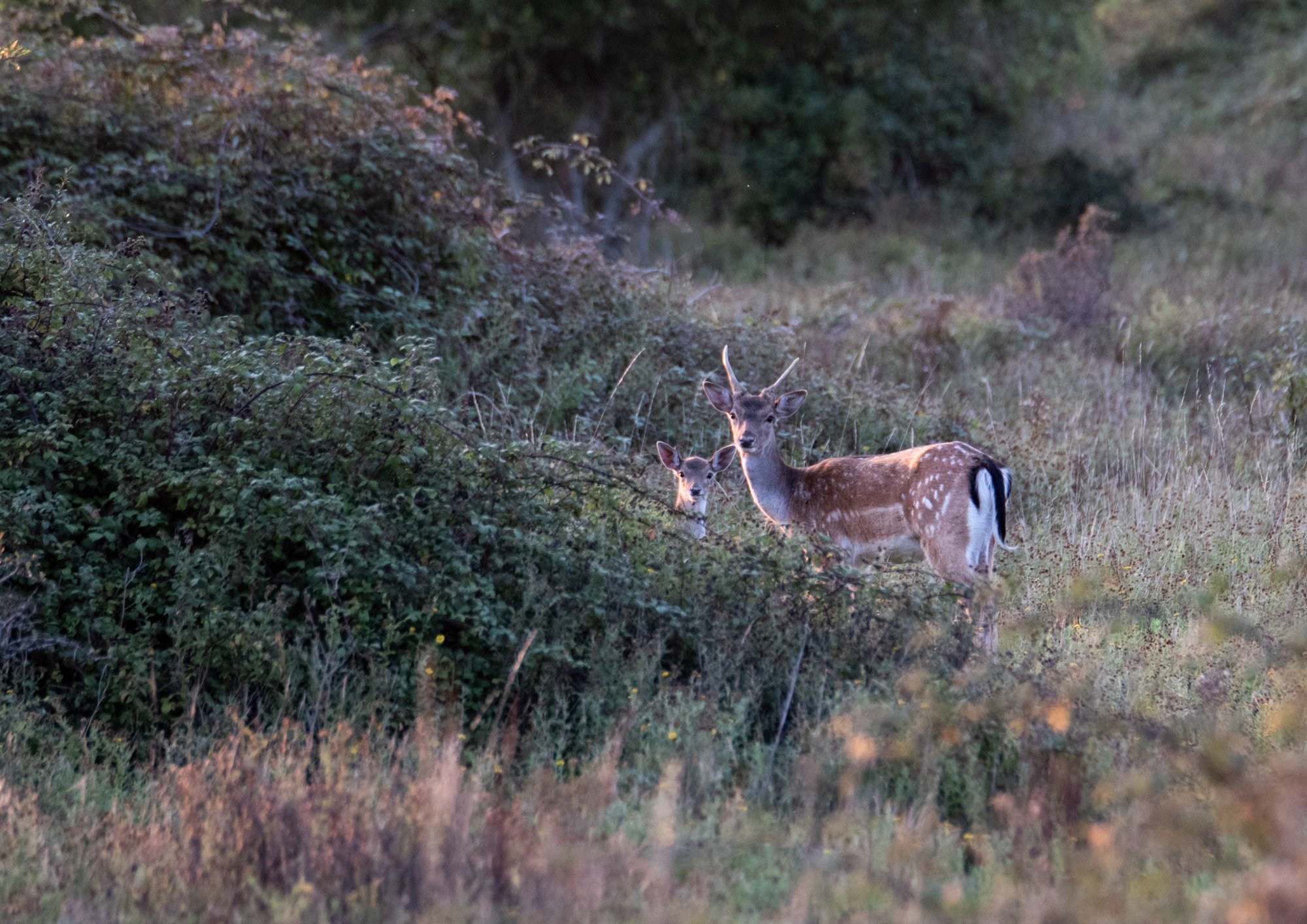
Fallow Deer, Knepp Wildlands, West Sussex
PEOPLE
Contrary to what the word might suggest, people are at the heart of rewilding, after all, they make the choice to do it in the first place. I have put up portraits of a range of people involved in rewilding in different ways.

Issy Tree and Charlie Burrell, writer and landowner/rewilder, Knepp, West Sussex

Ferrers Vyvyan, Landowner, Trelowarren, Cornwall
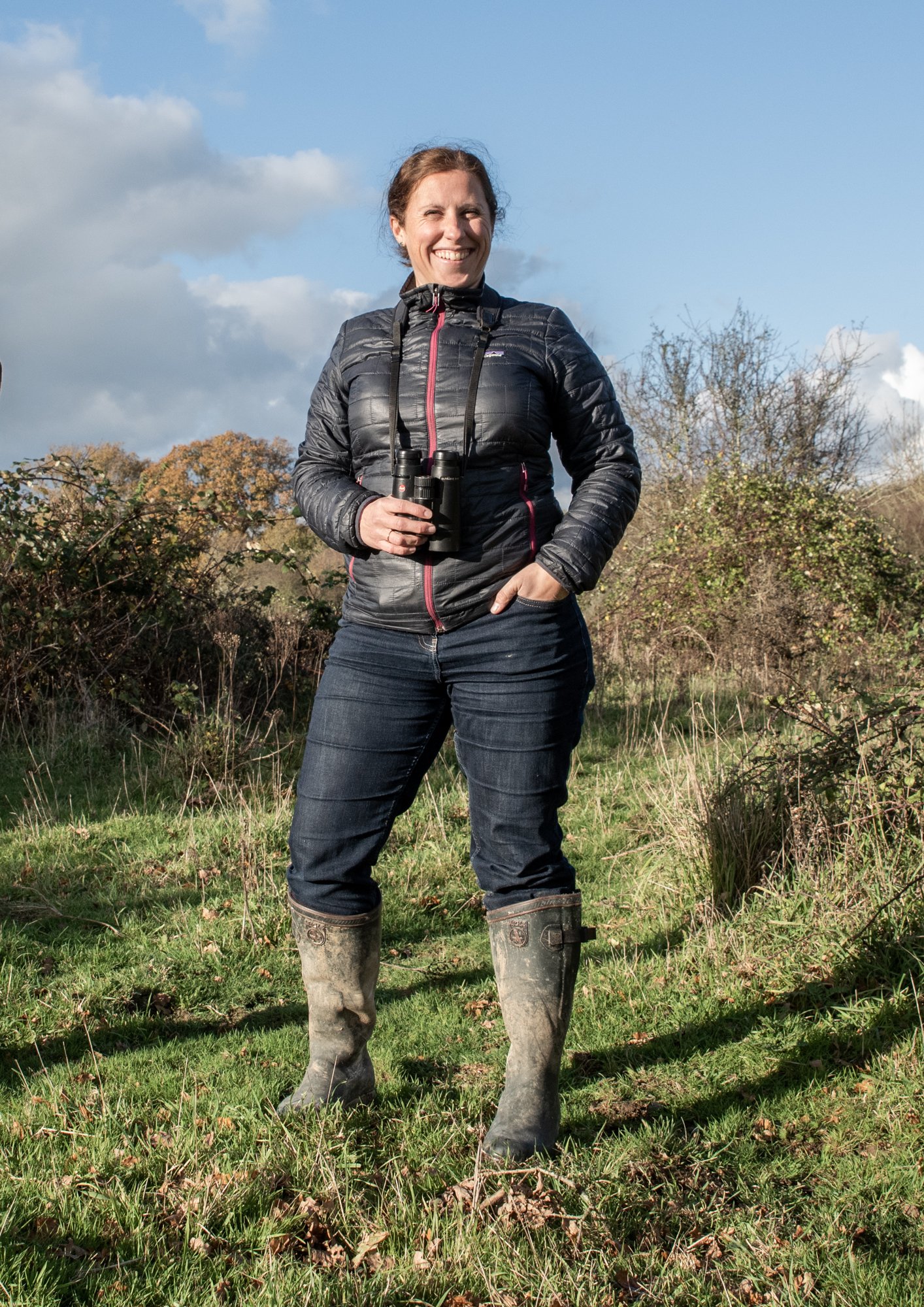
Penny Green, Ecologist, Knepp, West Sussex
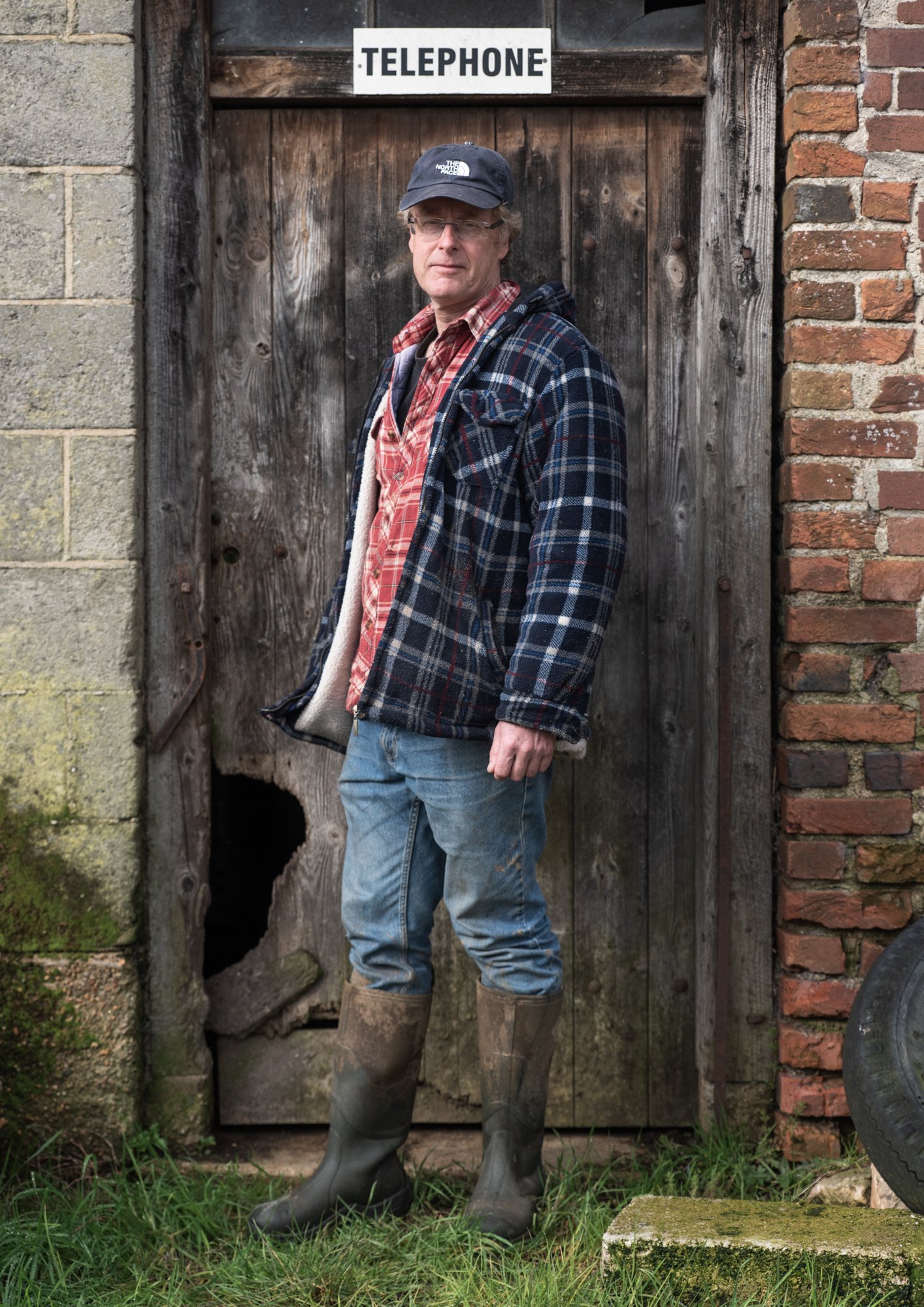
James Fuller, Farmer and Businessman, Northay Farm, Dorset
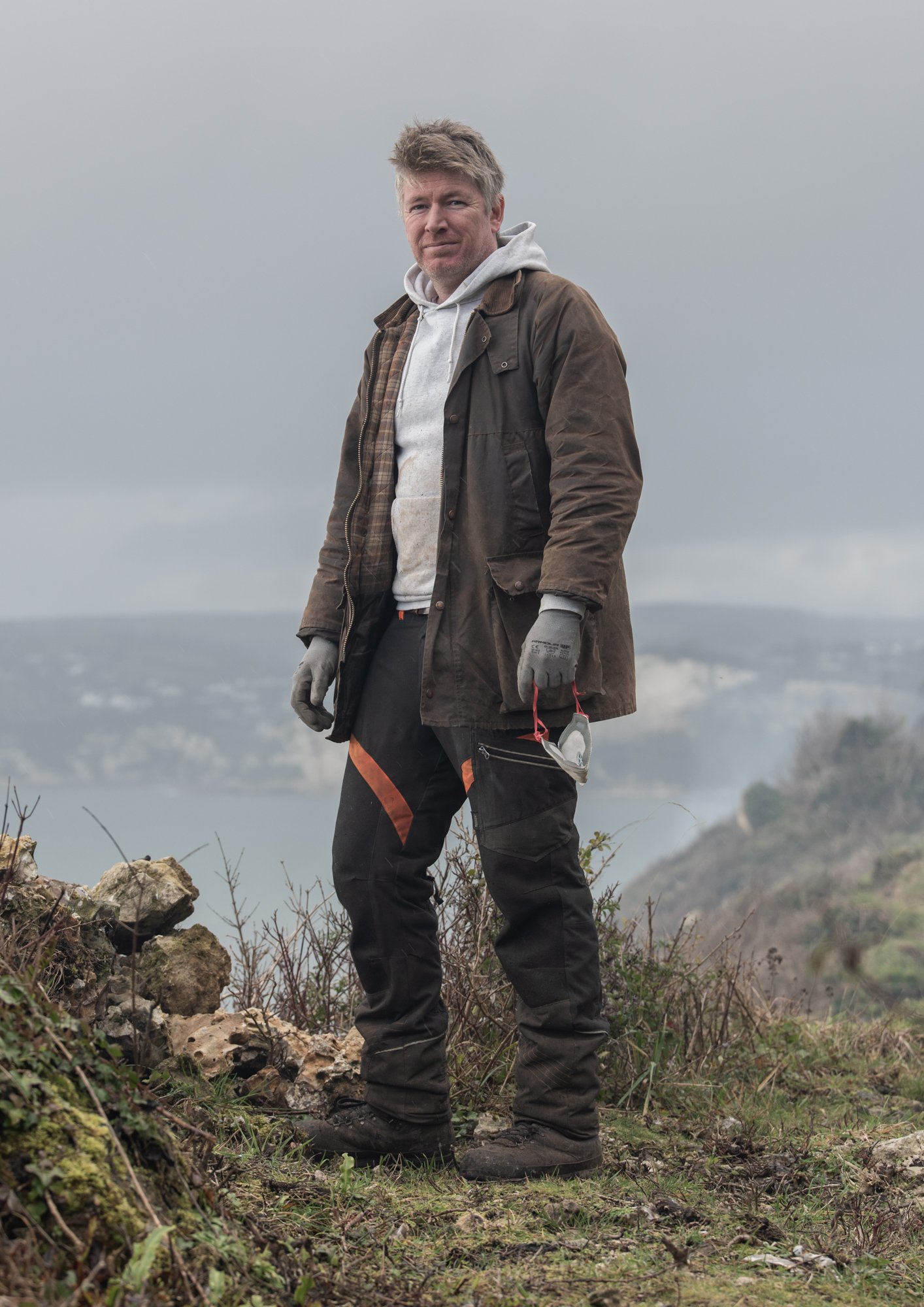
Rob Beard, Warden, Undercliffs NNR, East Devon
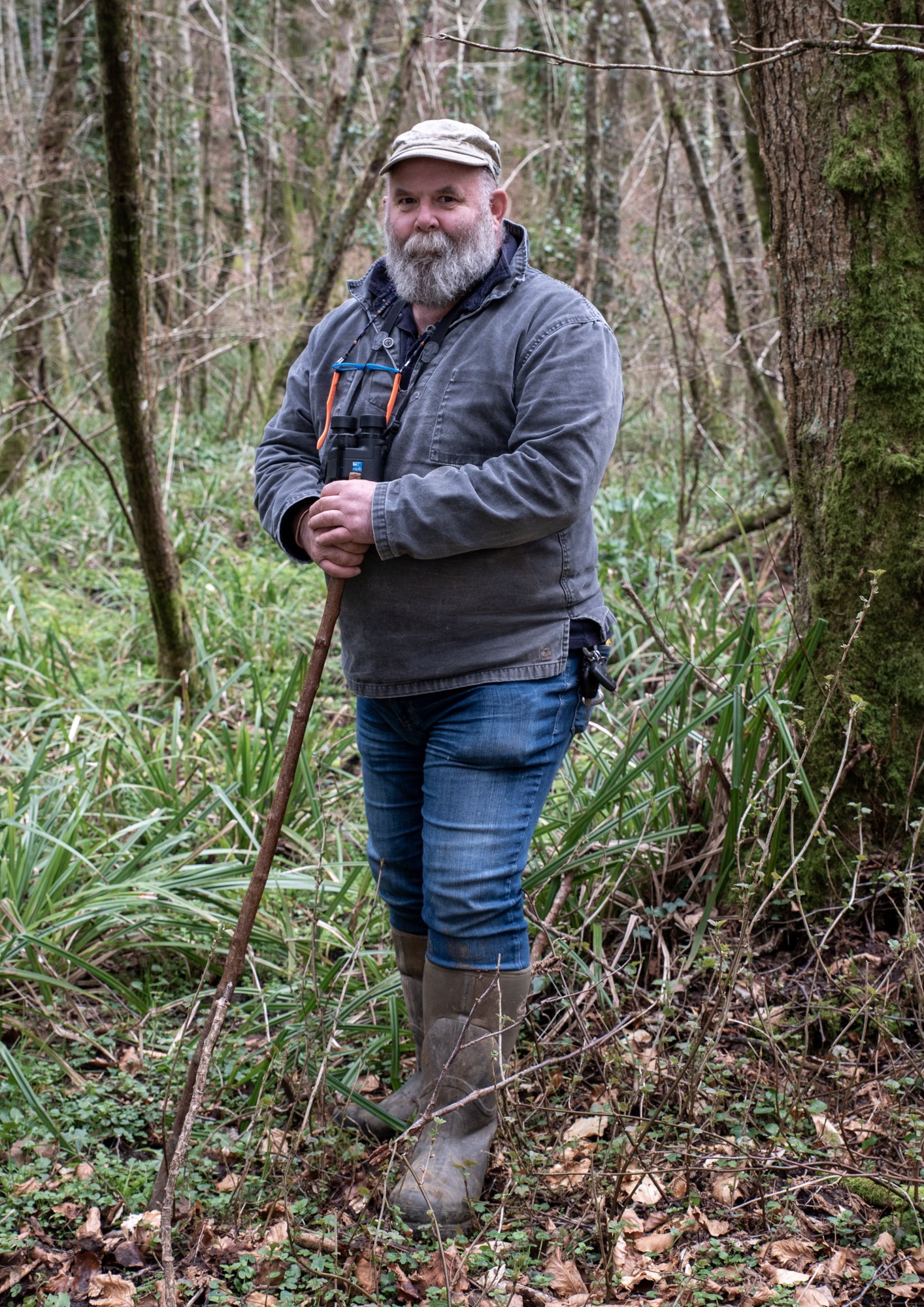
Derek Gow, Nature Conservationist, Rewilding Coombeshead, Devon
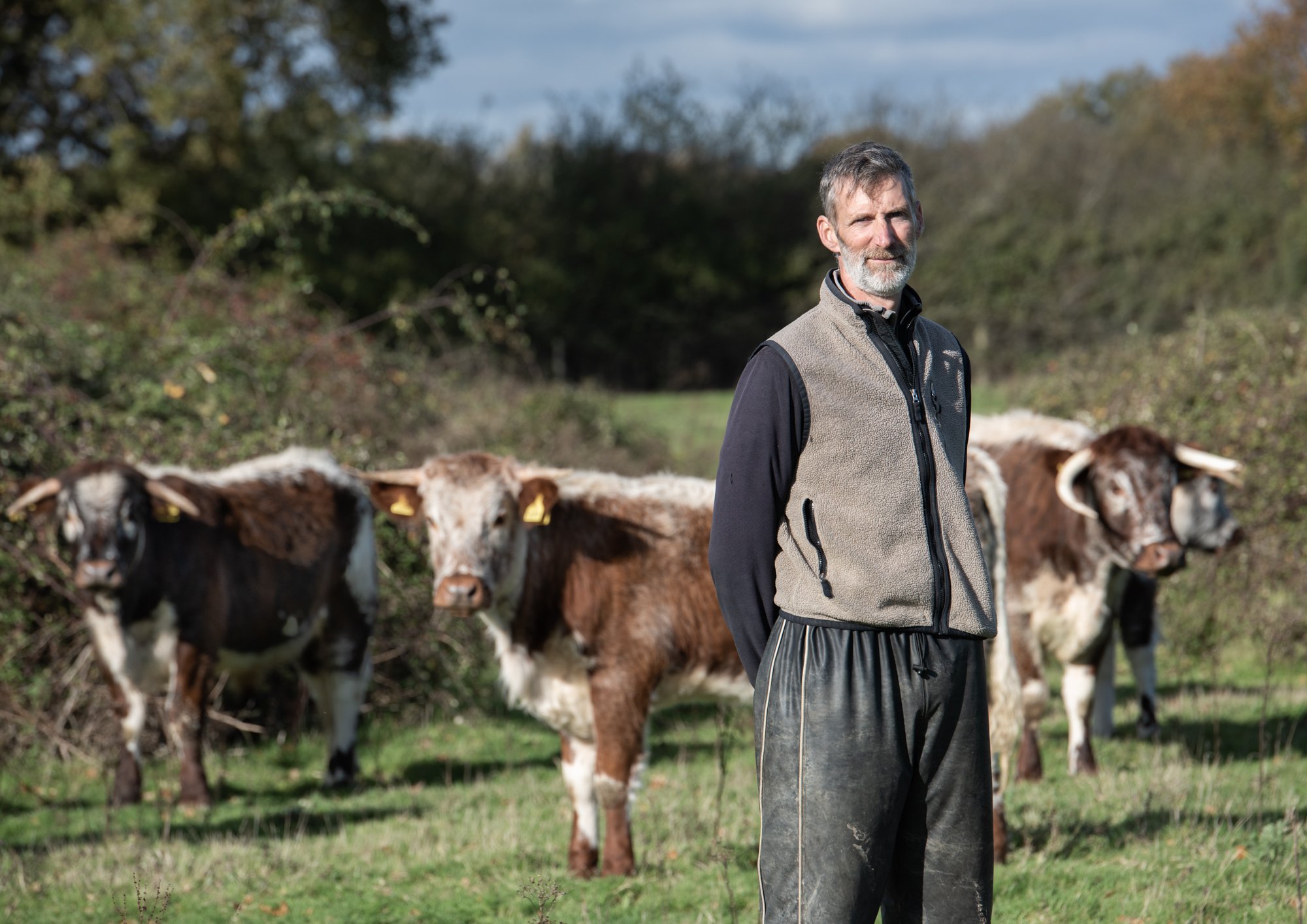
Pat Toe, Stockman, Knepp, West Sussex
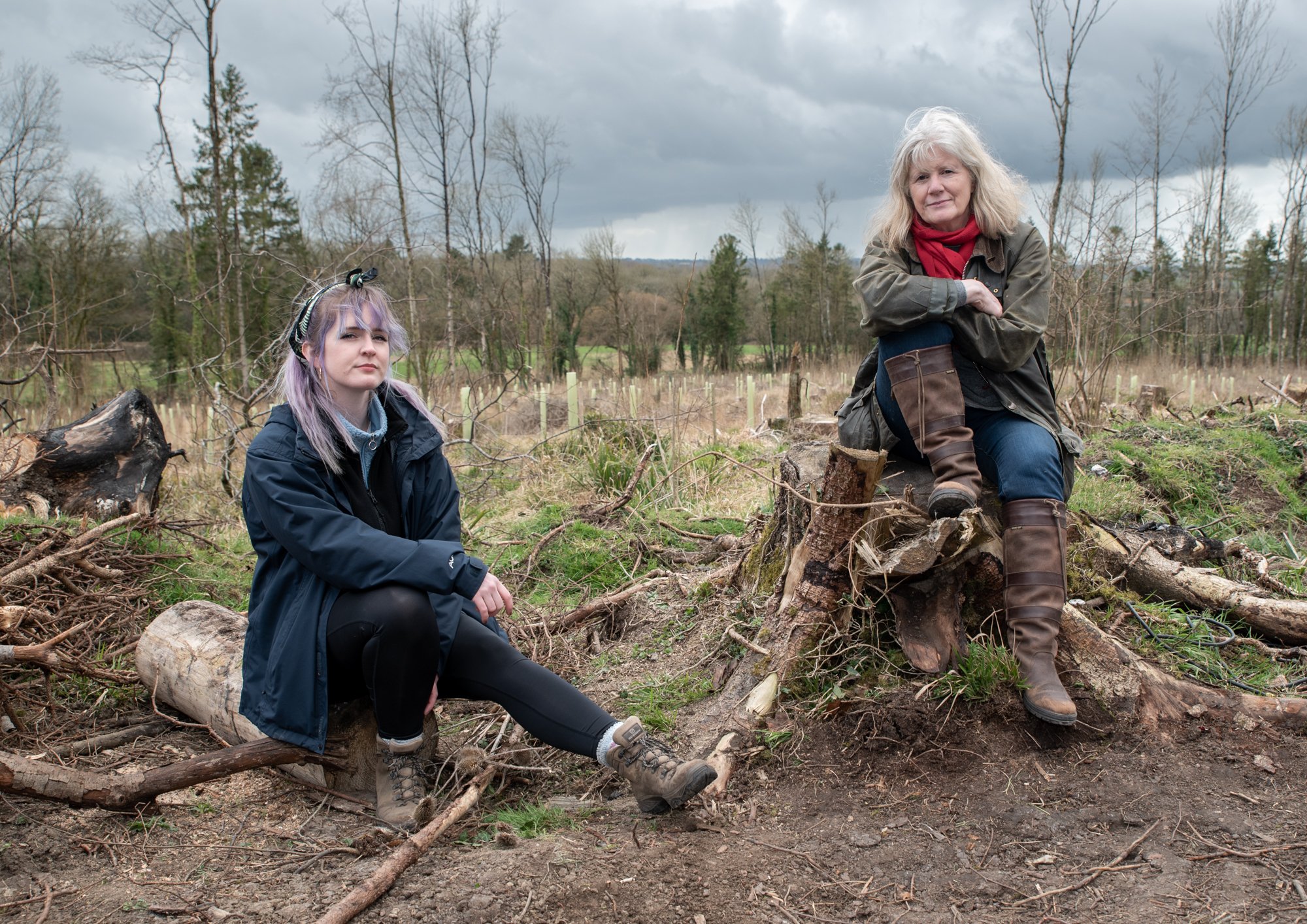
Hannah Needham and Jan Stannard, Heal Rewilding
PLACES
This section shows some of the landscapes involved in rewilding, whether at the start of the process or after 20 years. It shows a range of situations from places as far apart as Devon and the Cairngorms in Scotland.
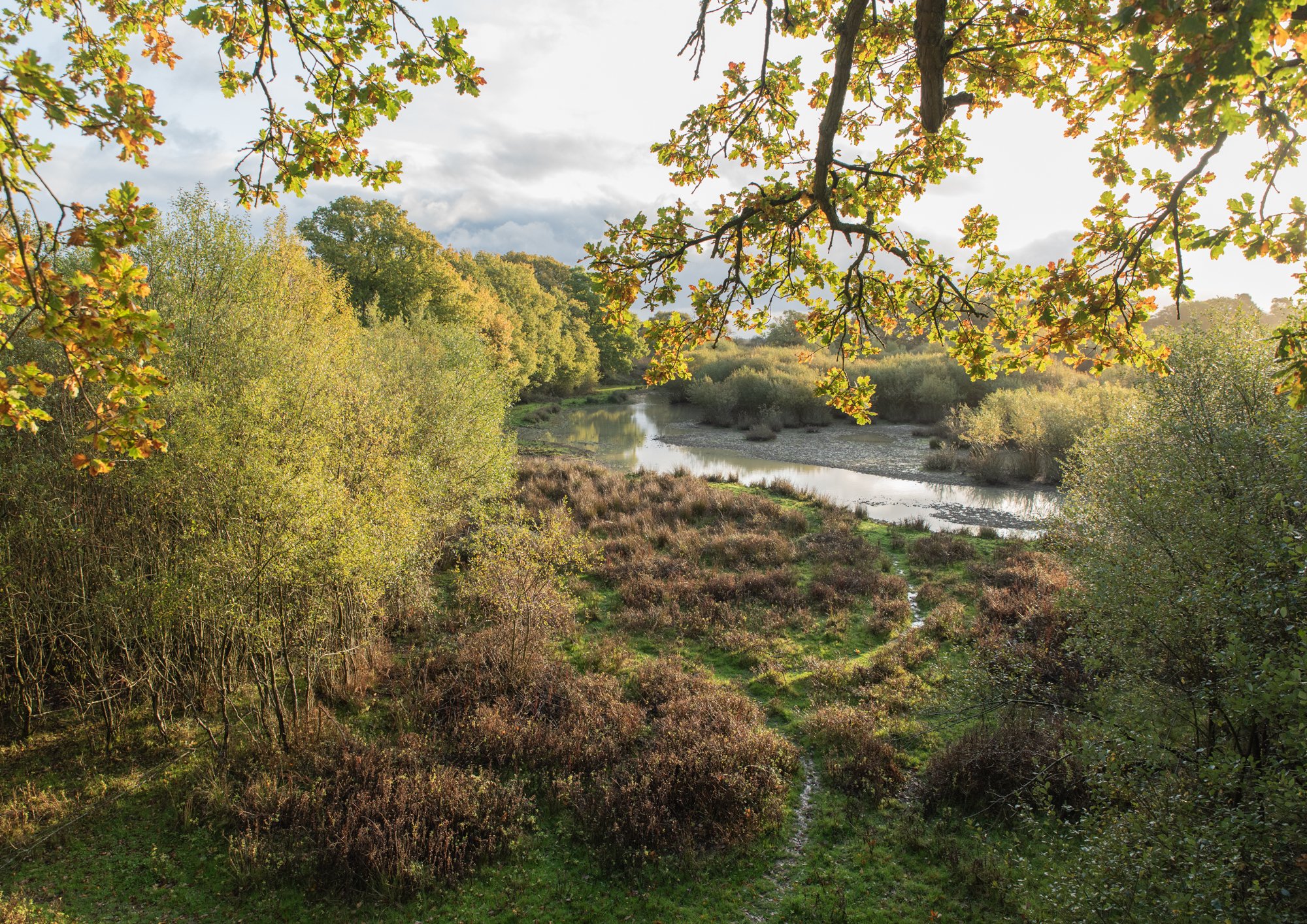
West Sussex Waterhole, Knepp, West Sussex
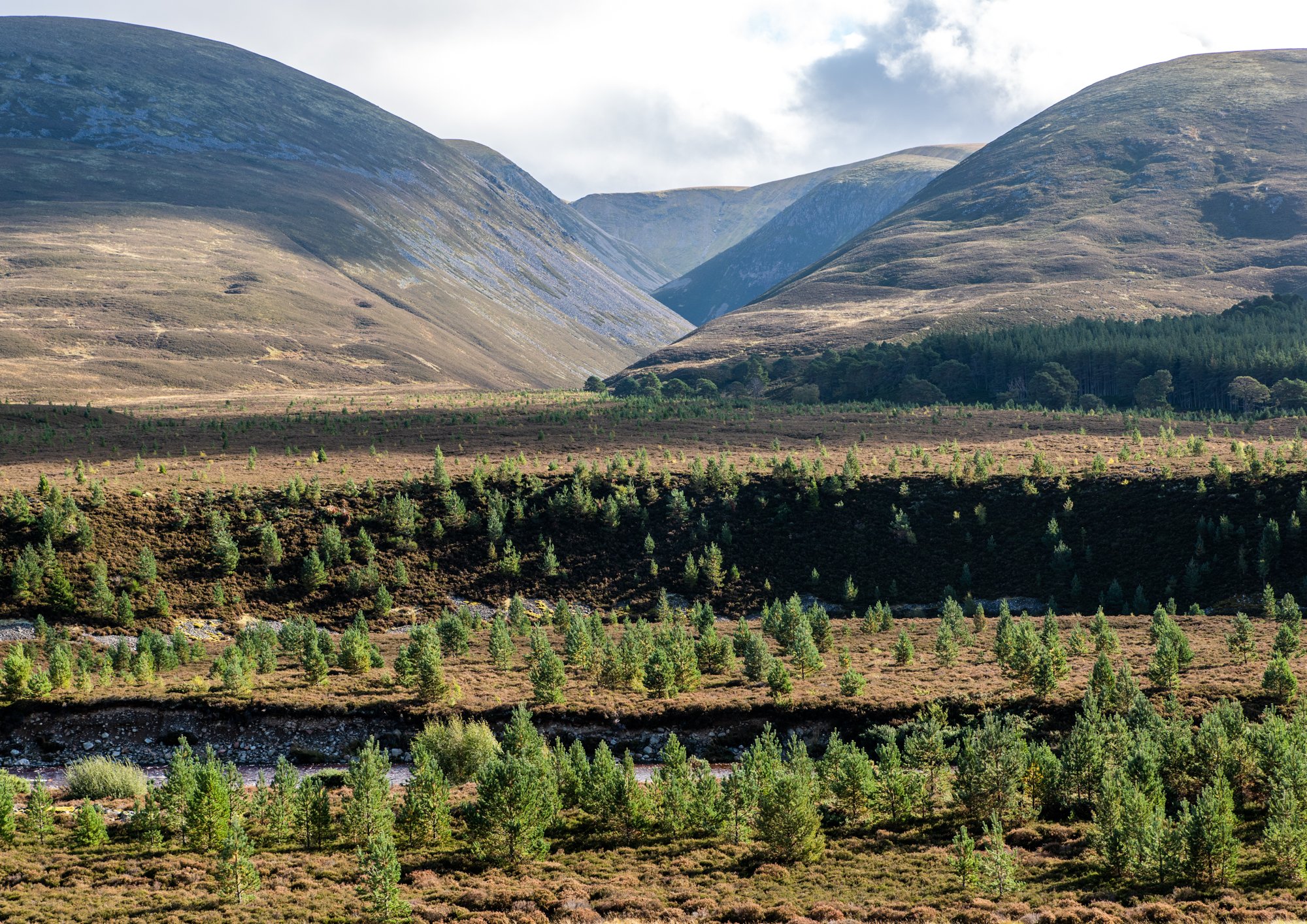
Natural regeneration, Glenfeshie, Scotland
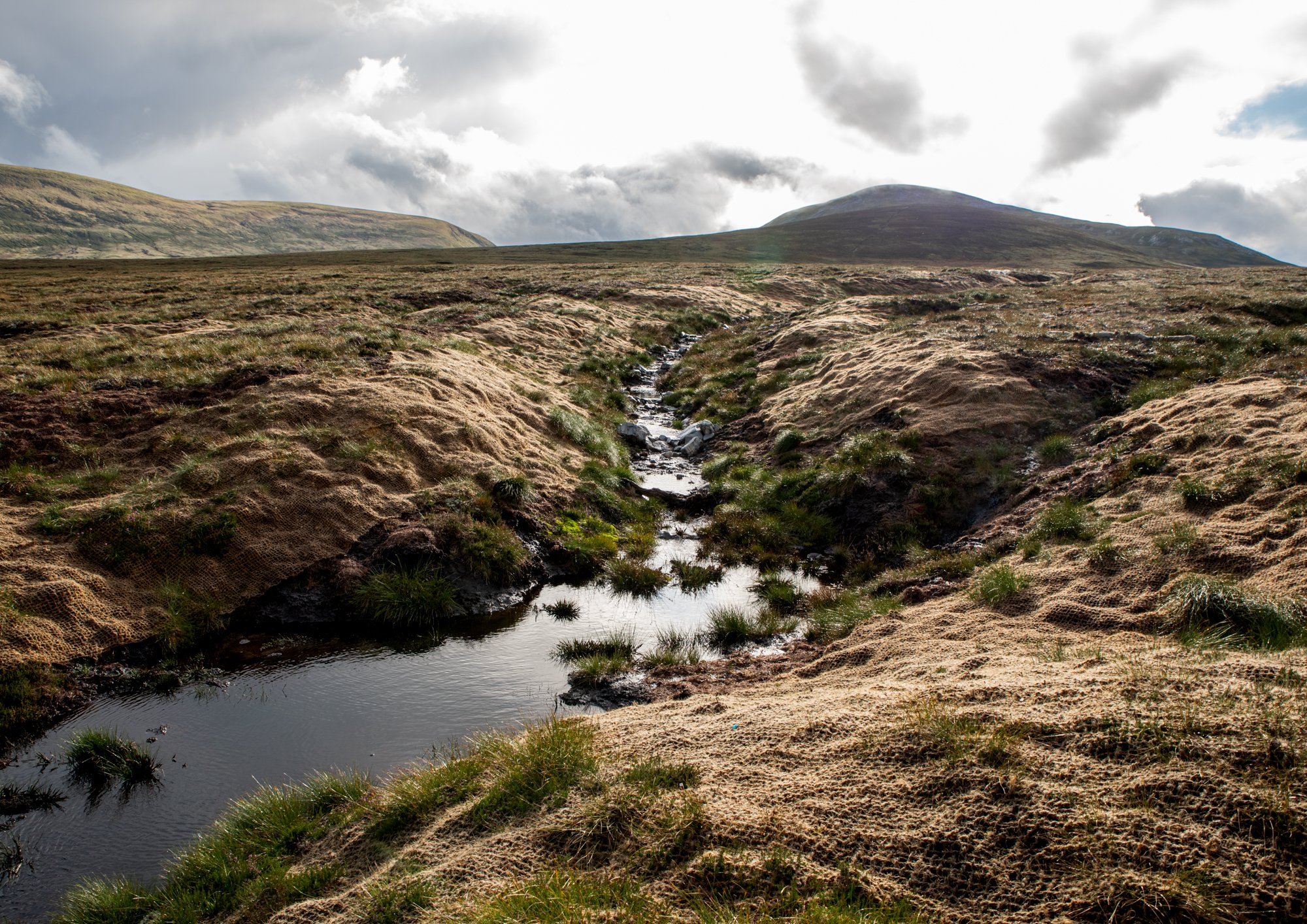
Peatland restoration, Cairngorms
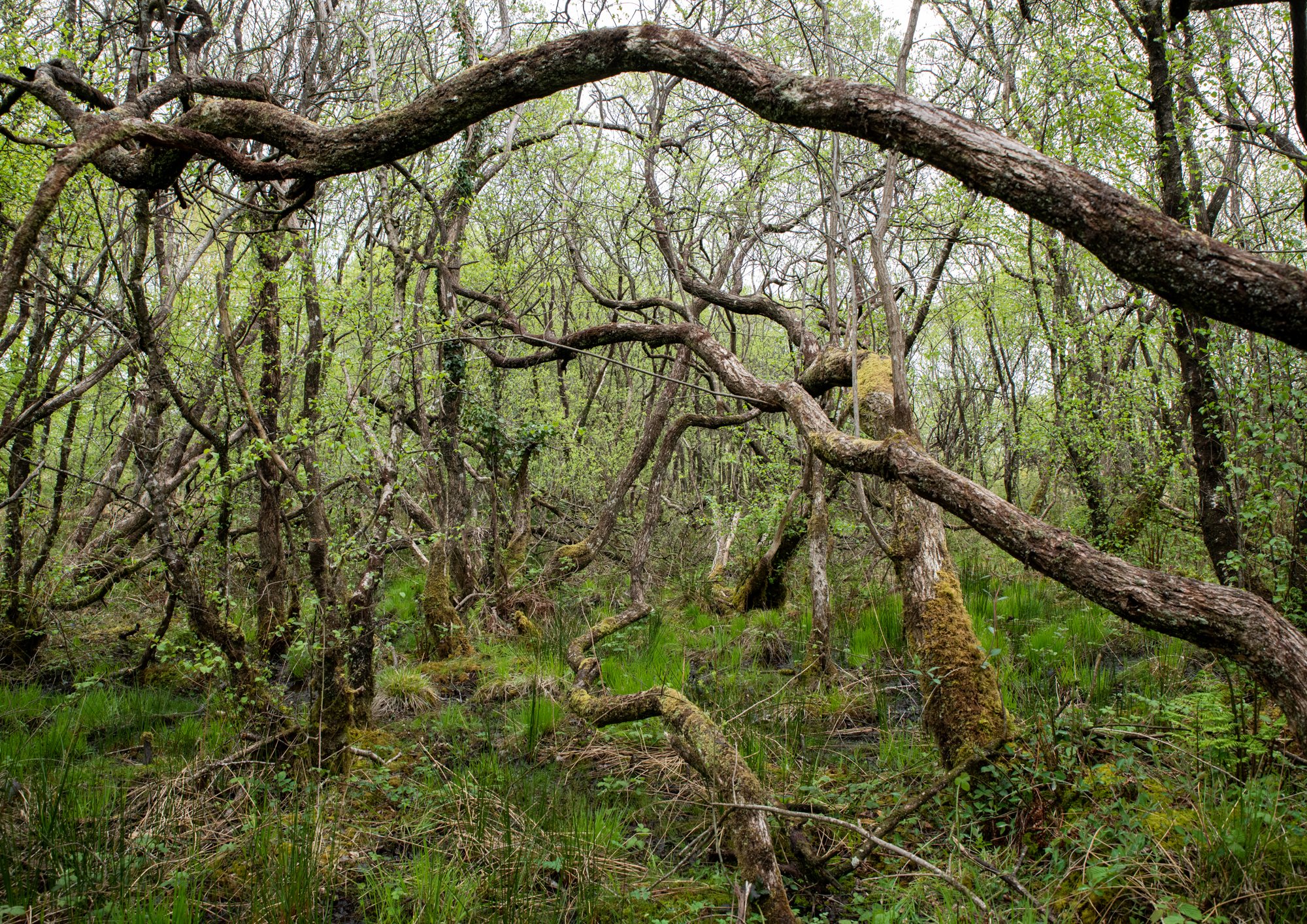
Wet woodland, West Devon
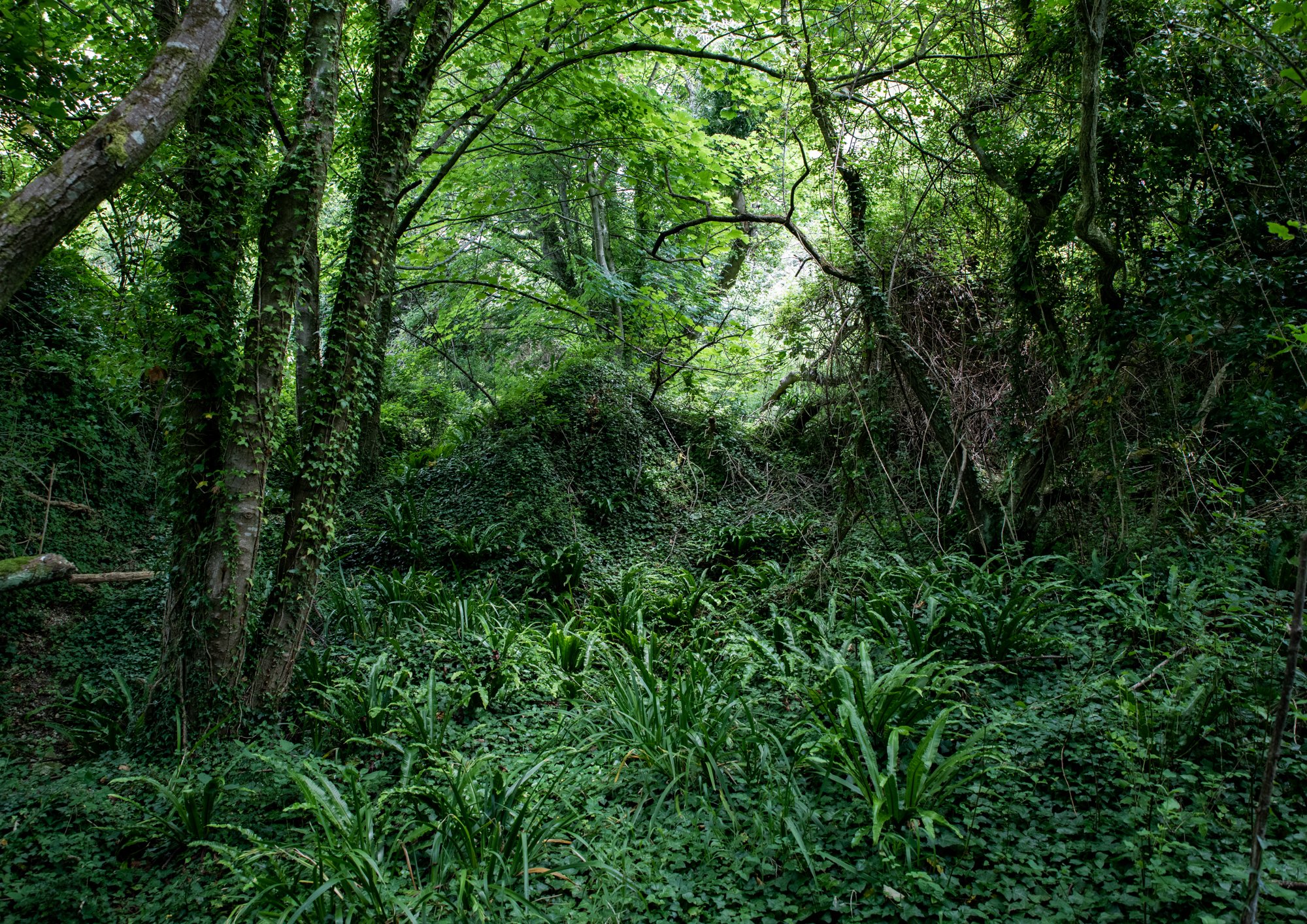
England's rainforest - naturally rewilded, Undercliffs, East Devon
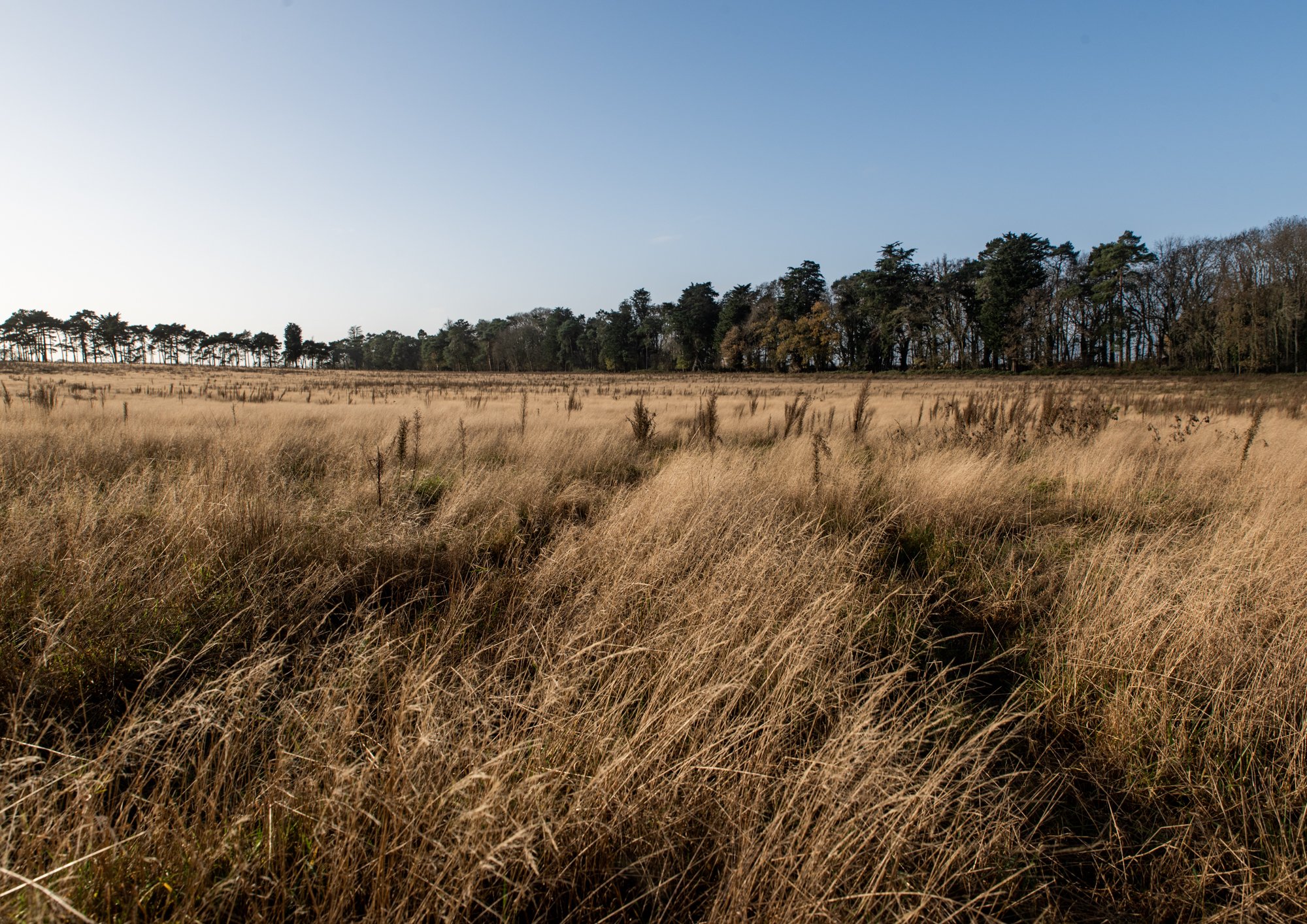
Rewilding one year on, Wild Ken Hill, Norfolk
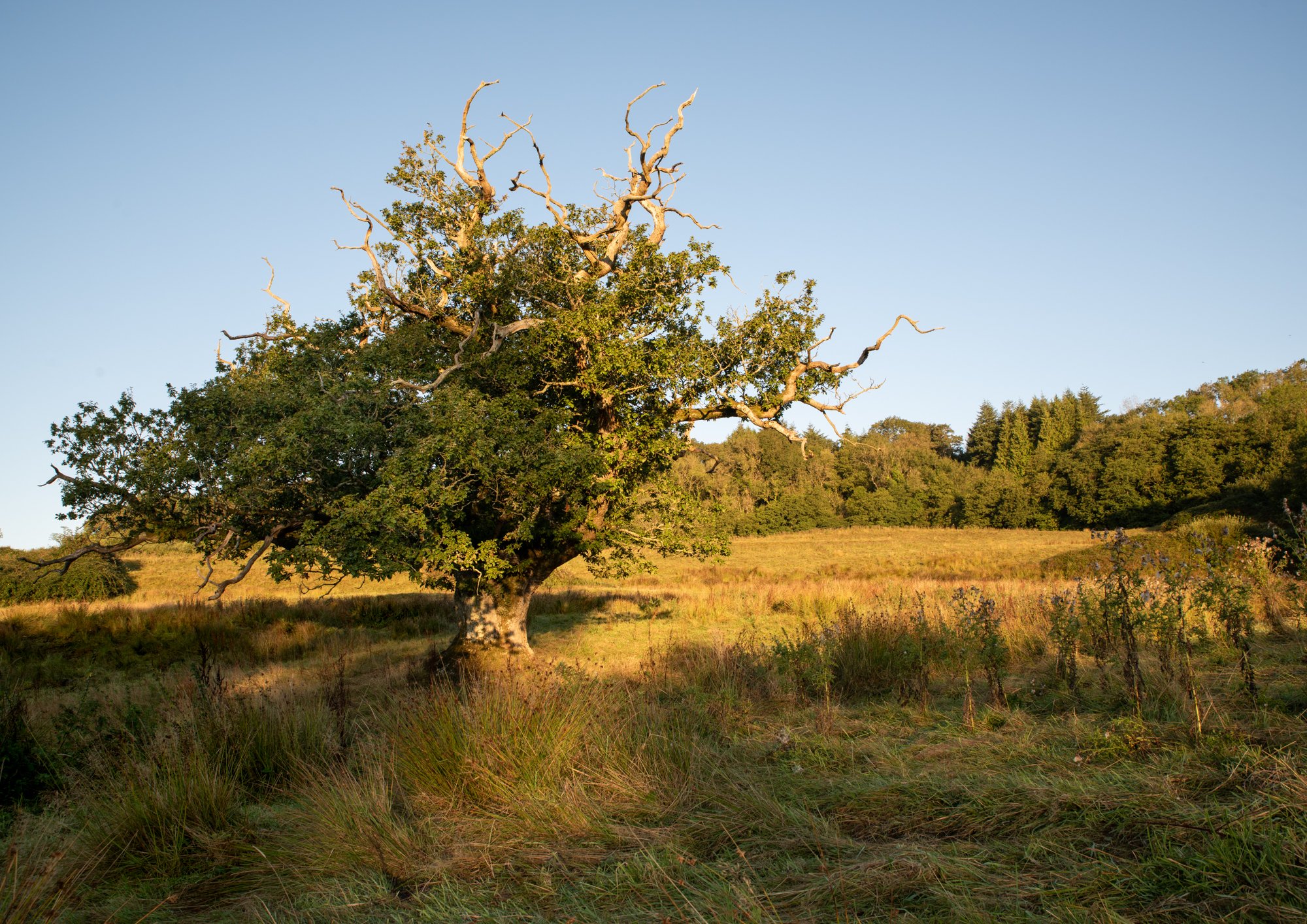
Stag-headed oak, Coltleigh, Mapperton, Dorset
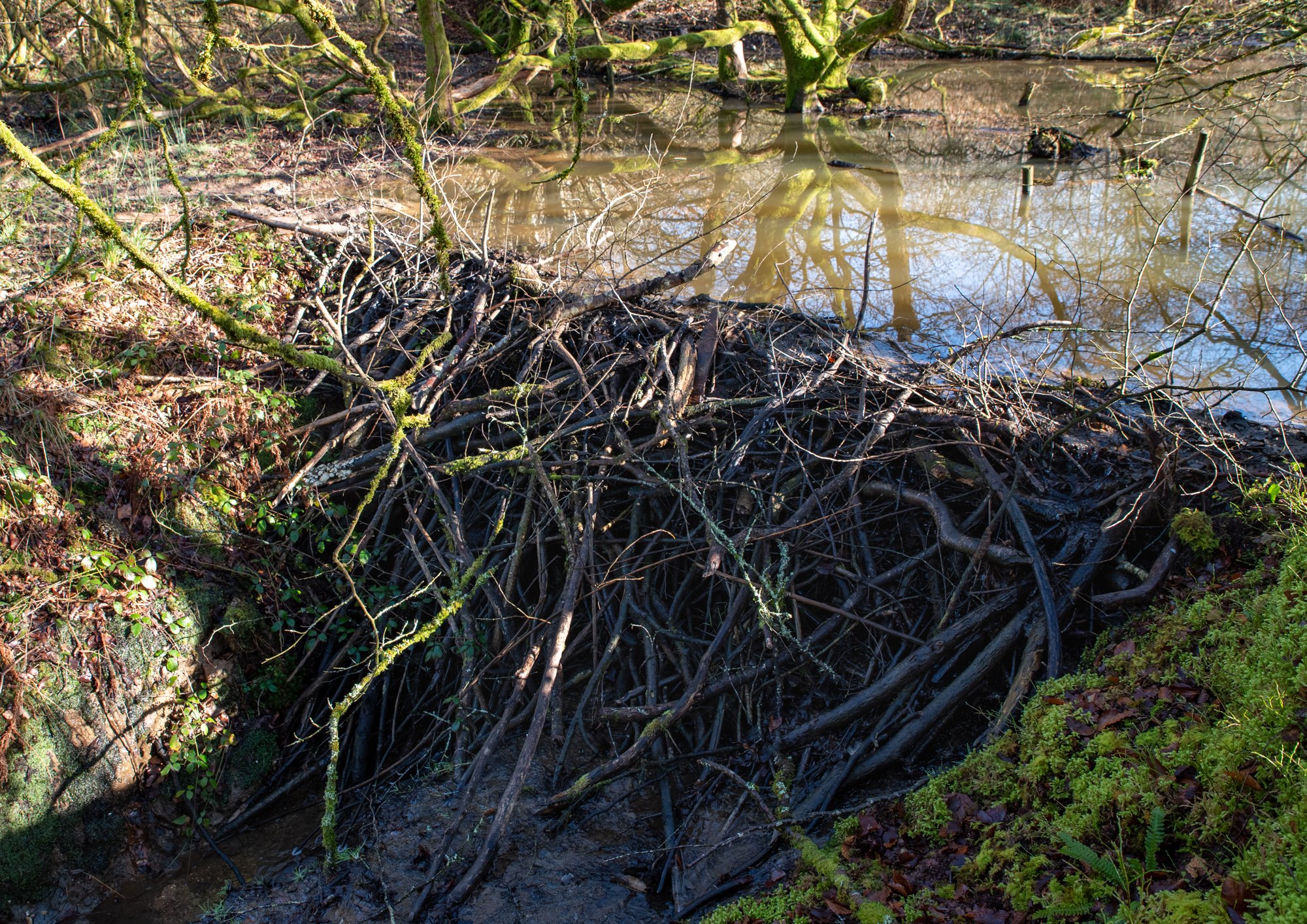
Beaver dam, West Devon
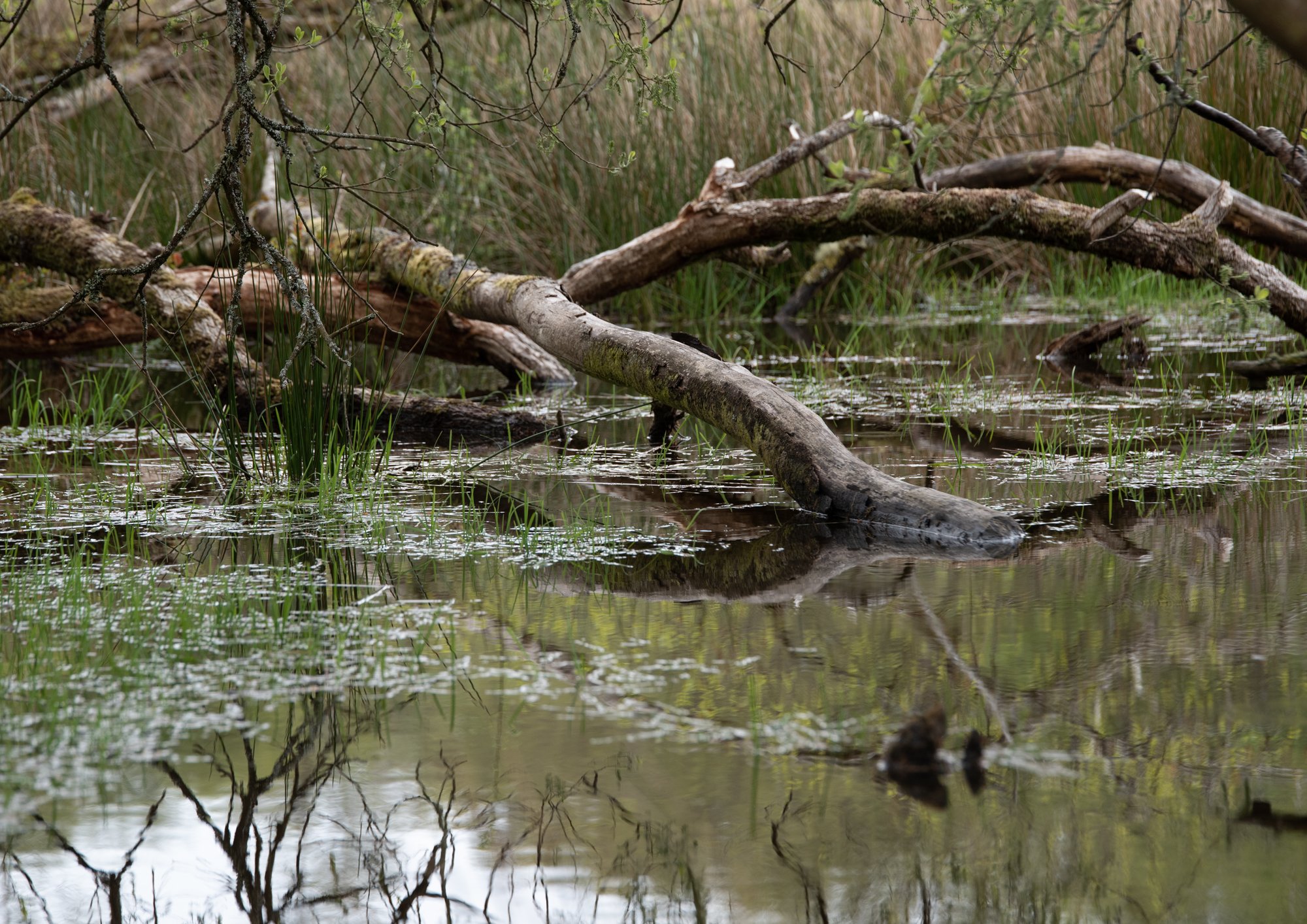
Beaver flooded wetland, West Devon
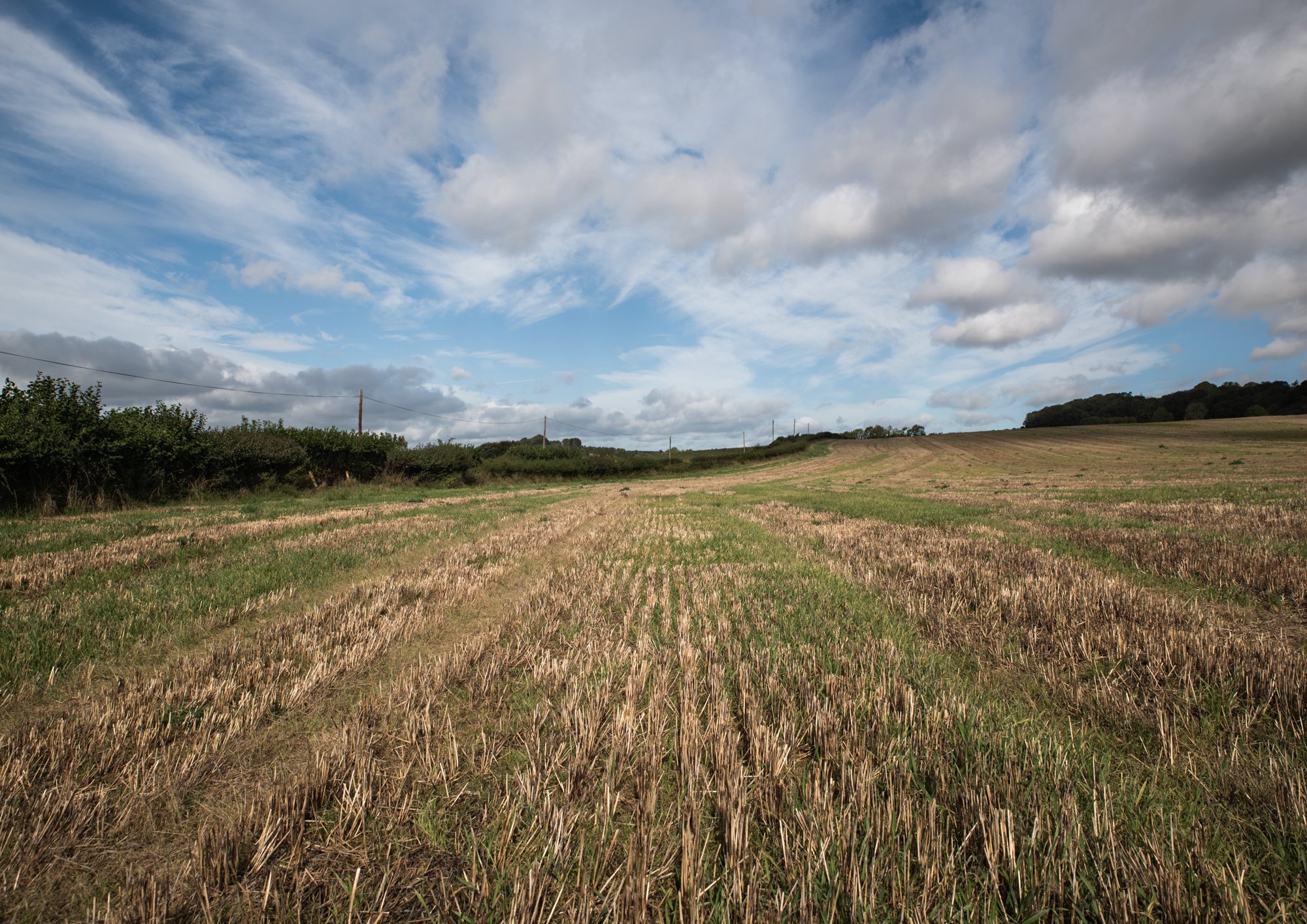
Starting from scratch, being left to rewild, Wild Woodbury, Dorset

English savannah, Knepp, West Sussex
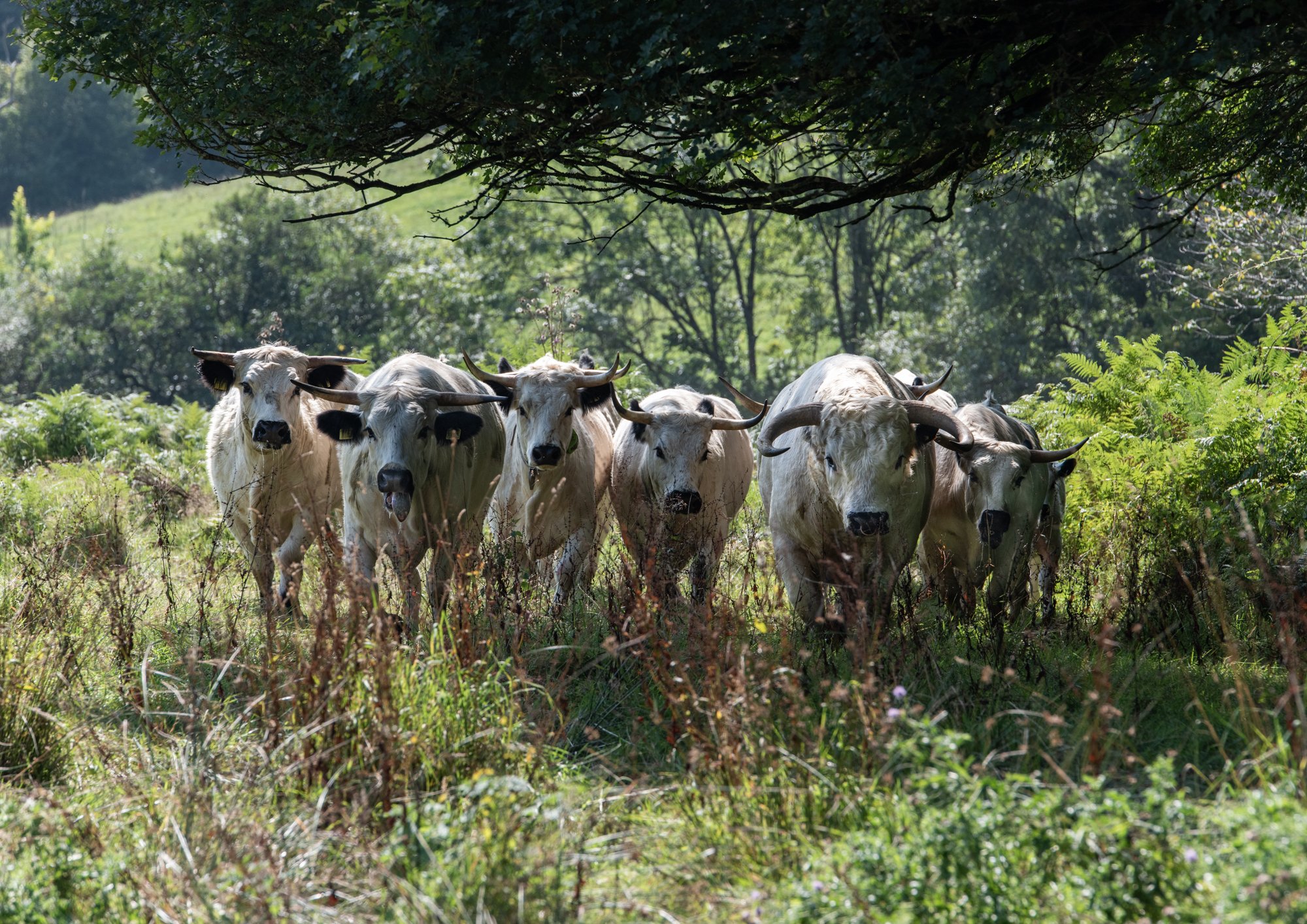
Wild West (Dorset, Mapperton
LOOKING DOWN
This section shows eight photos taken using a drone, each of which shows a different perspective of the landscape. These allow us to understand more about how rewilding works and its impact on nature.
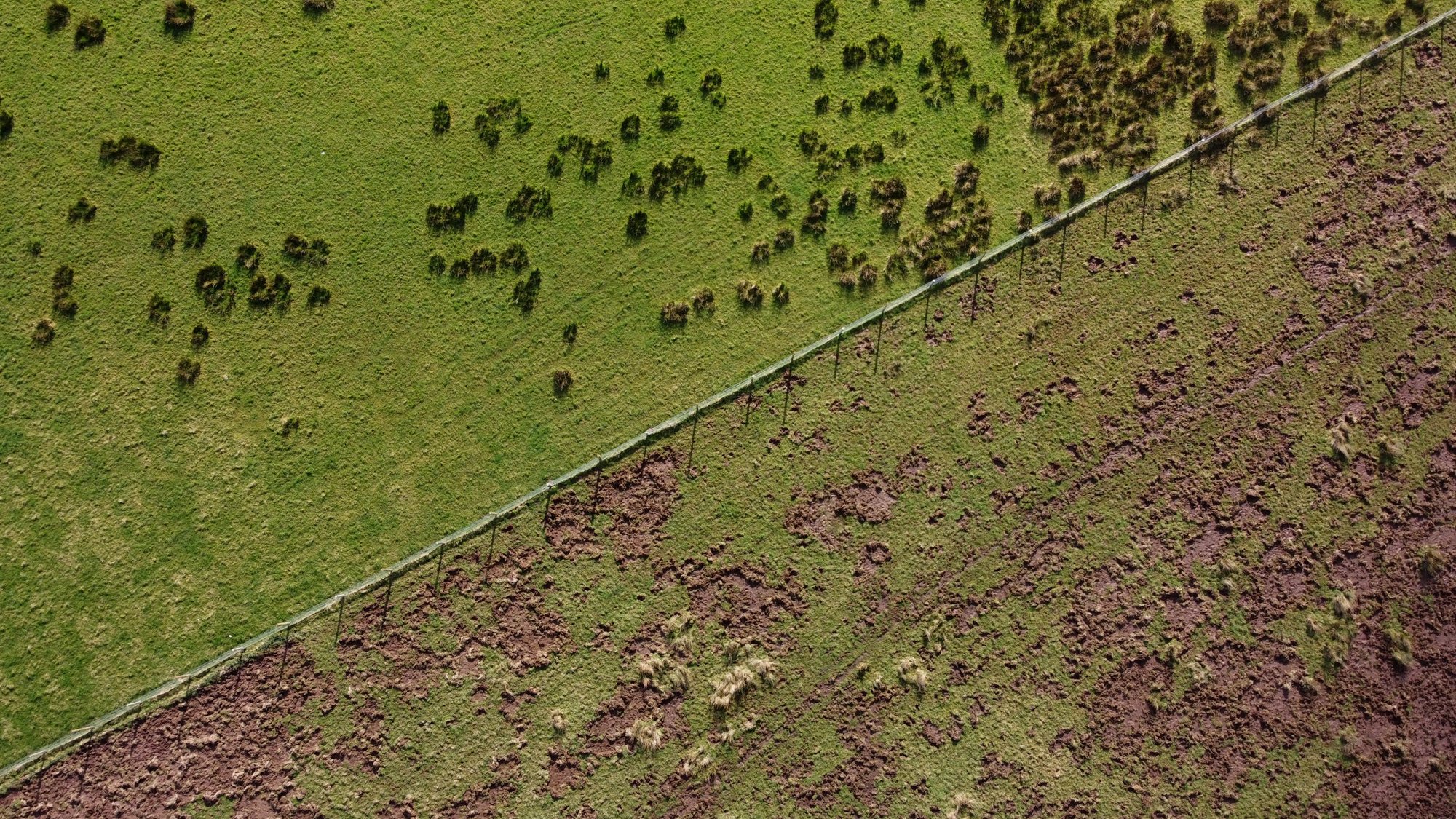
Rewilding vs not! Rewilding Coombeshead, Devon
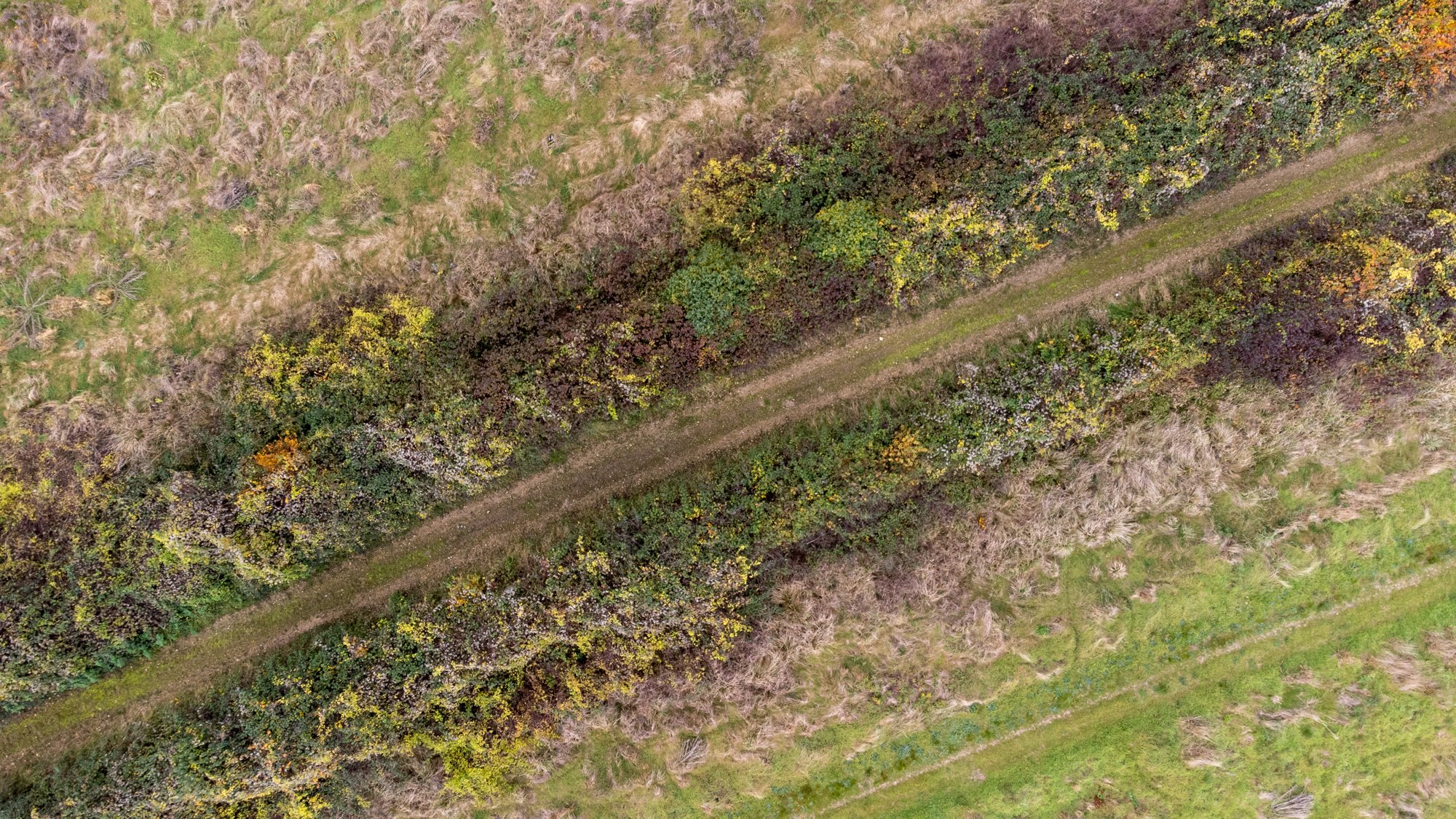
Exploding hedgerow, Bishop's Court Farm, Dorset

Heathland resilience and restoration, Purbeck, Dorset
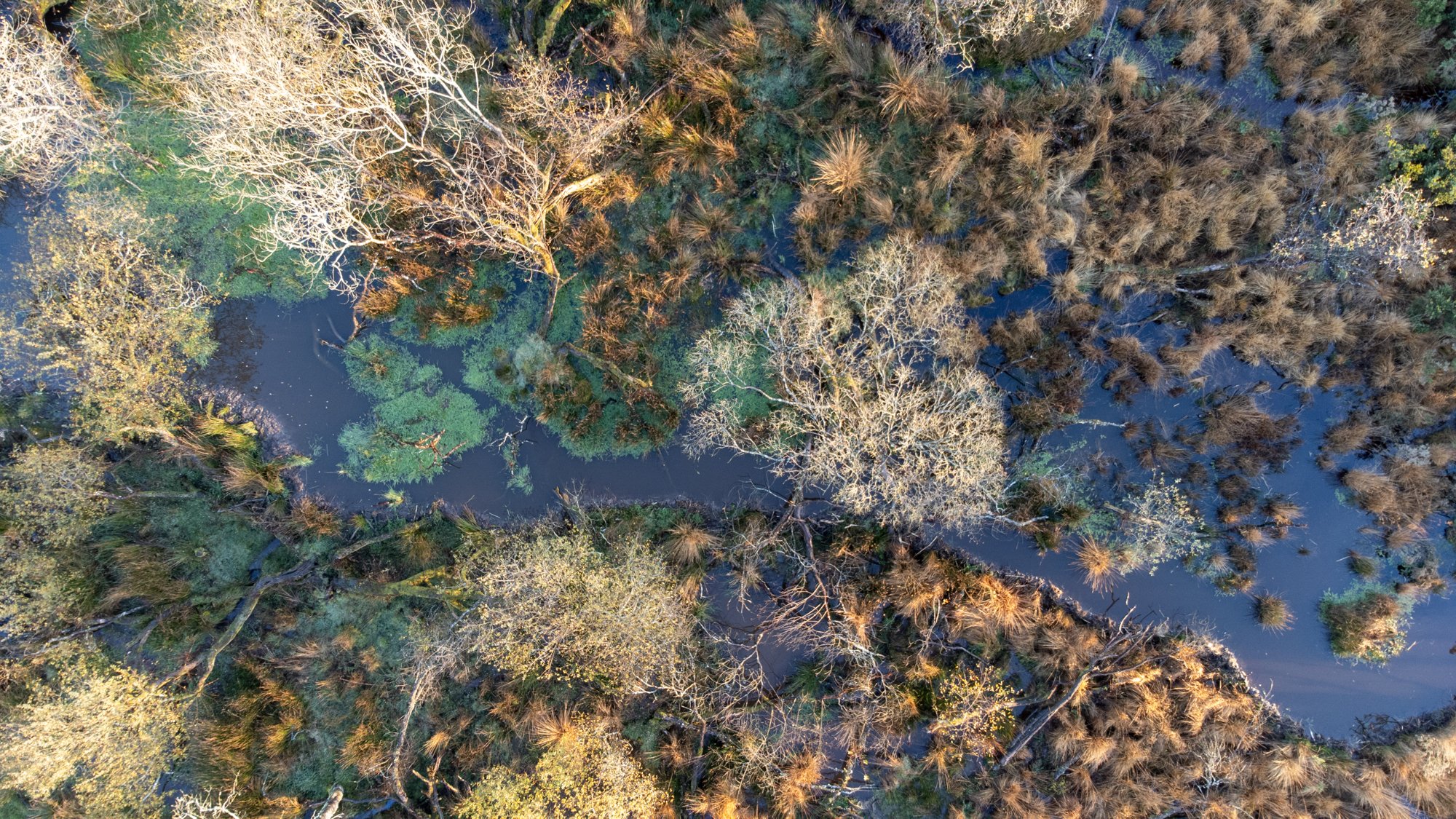
Beaver landscape, West Devon
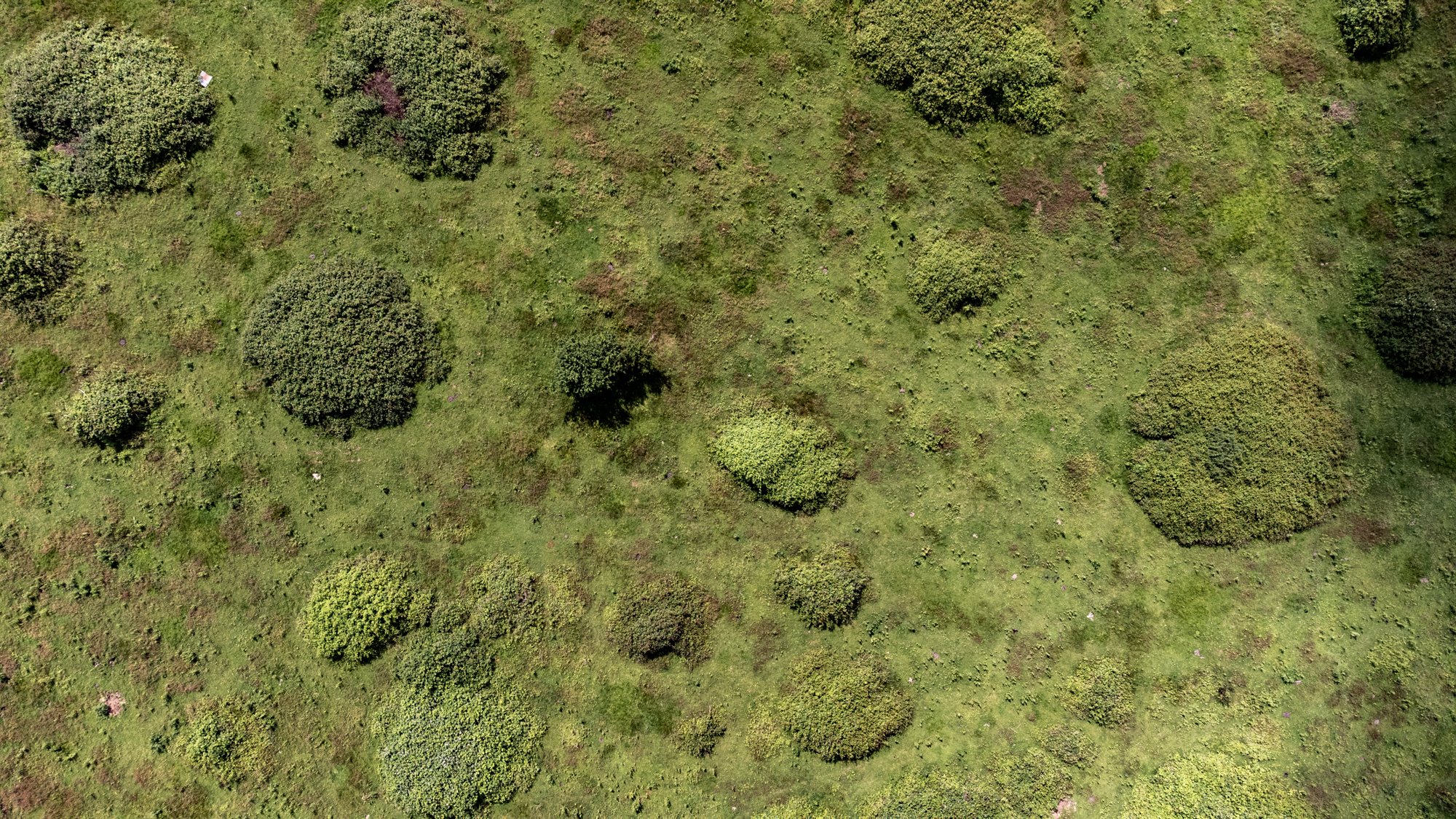
Bramble mounds in the scrublands, Knepp
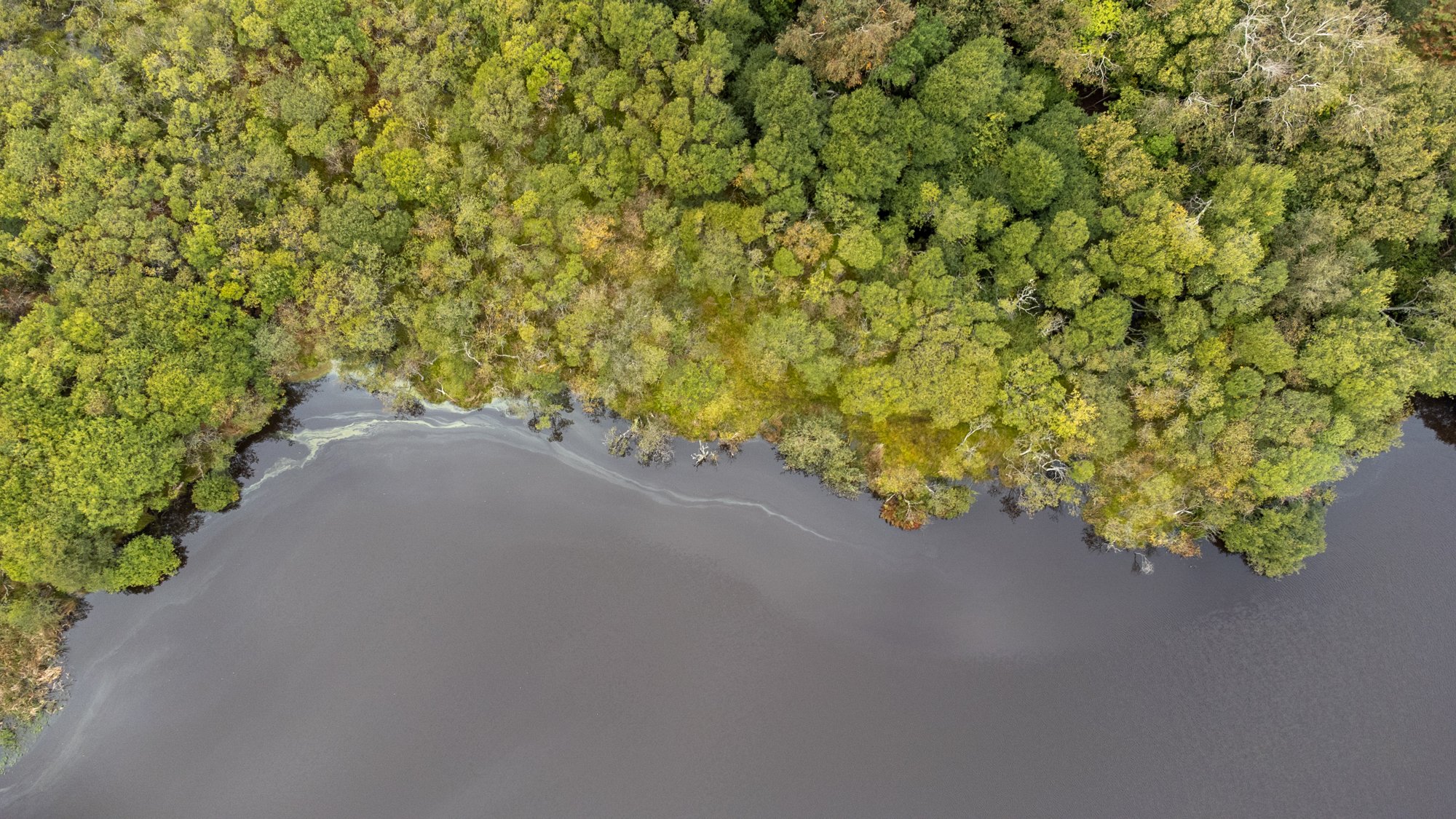
England's Amazon, Studland, Dorset

White Park from above, Coltleigh, Dorset
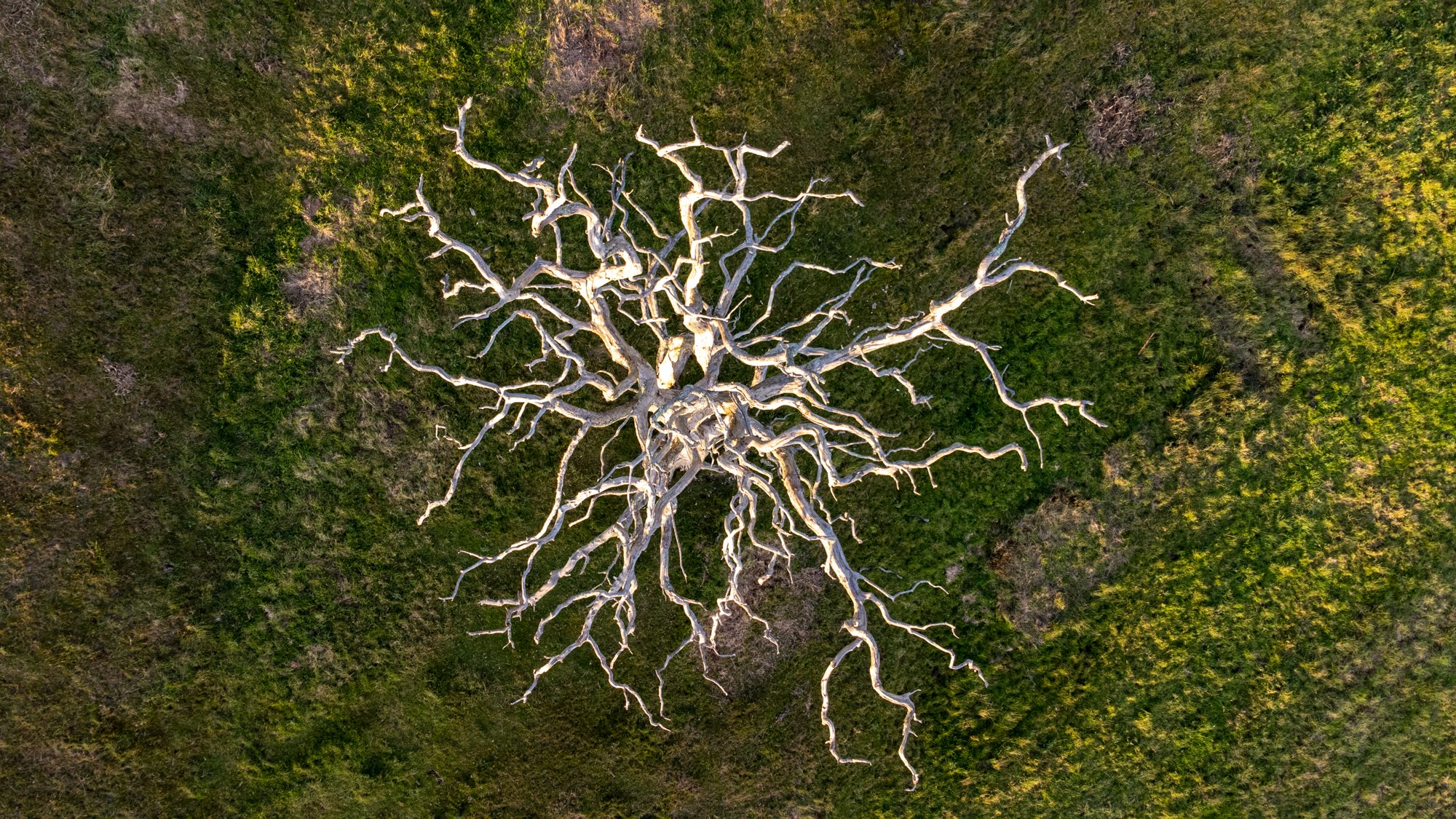
Dead Tree, Mapperton, Dorset
REWILDING RECONSIDERED
The work in this section attempts to provoke emotional responses, and challenge the viewer with an untraditional view of nature, or views of unexpected subjects or situations. The aesthetic is black and white, relatively dark, and with some graininess depending on the time of day.
Many of the images feel as though we are intruding, taking space in nature where we do not belong, seeing things that perhaps we don’t normally get to see as a casual bystander.
The photographs are without captions enabling the viewer to interpret the work in their own way.
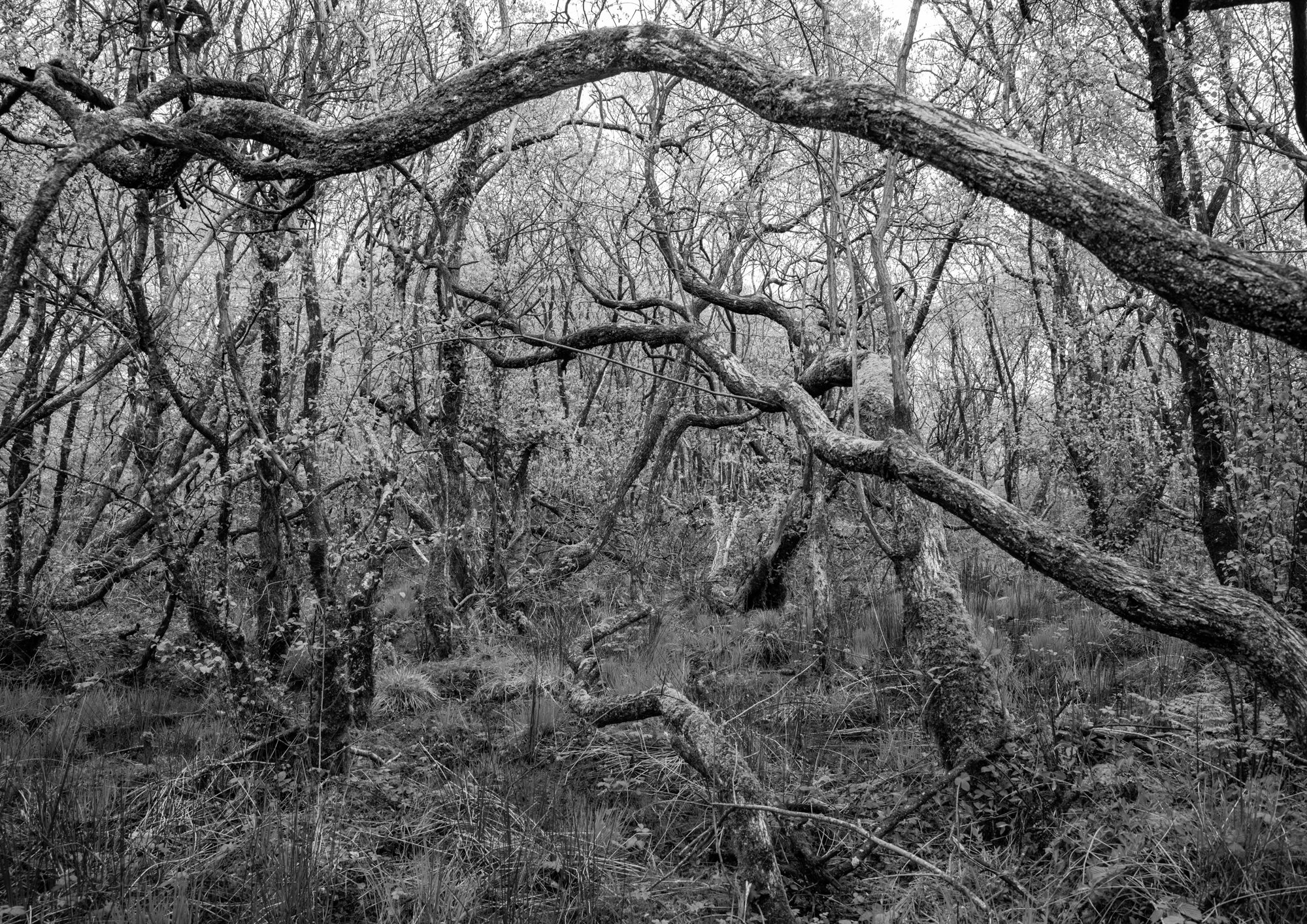
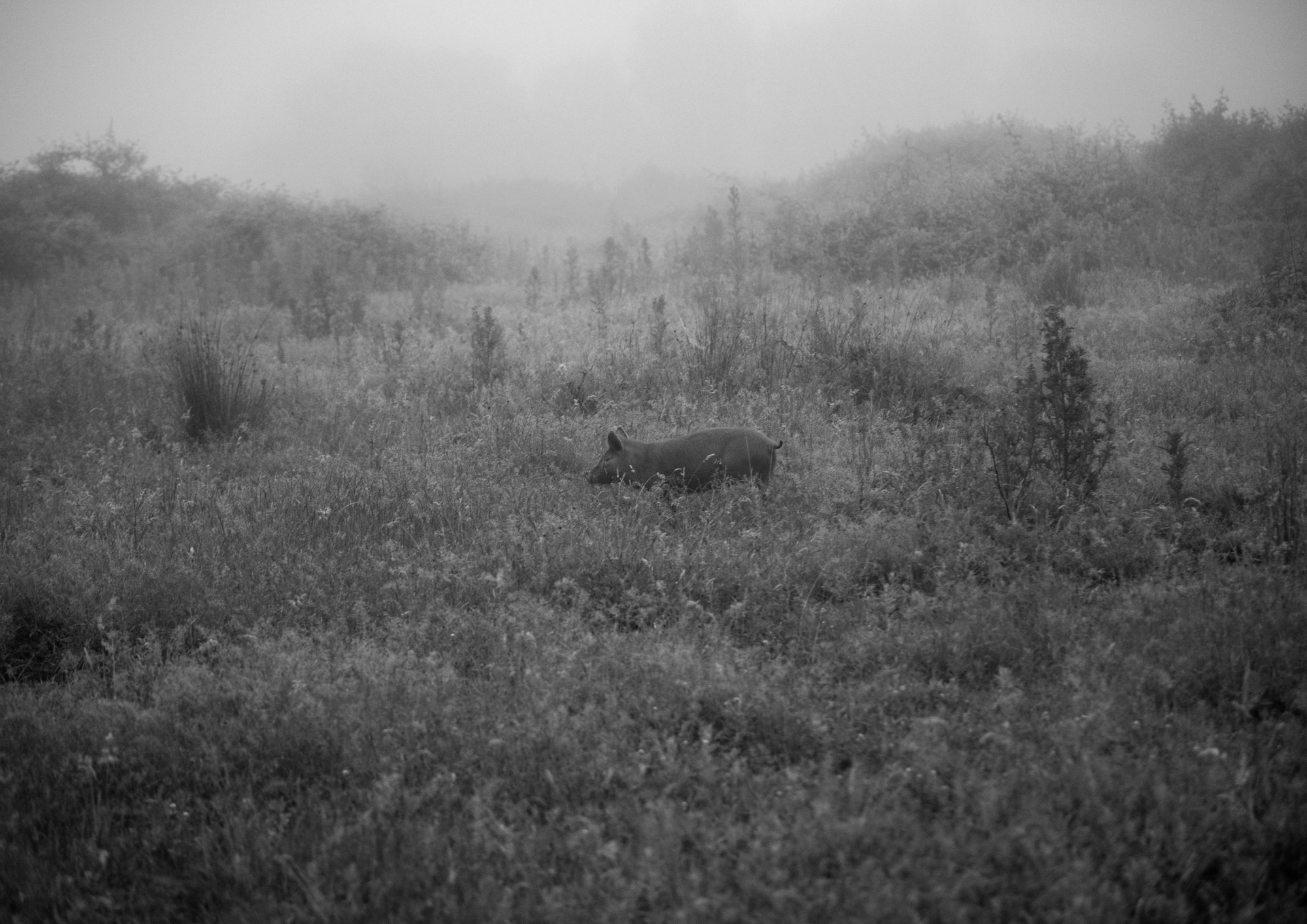
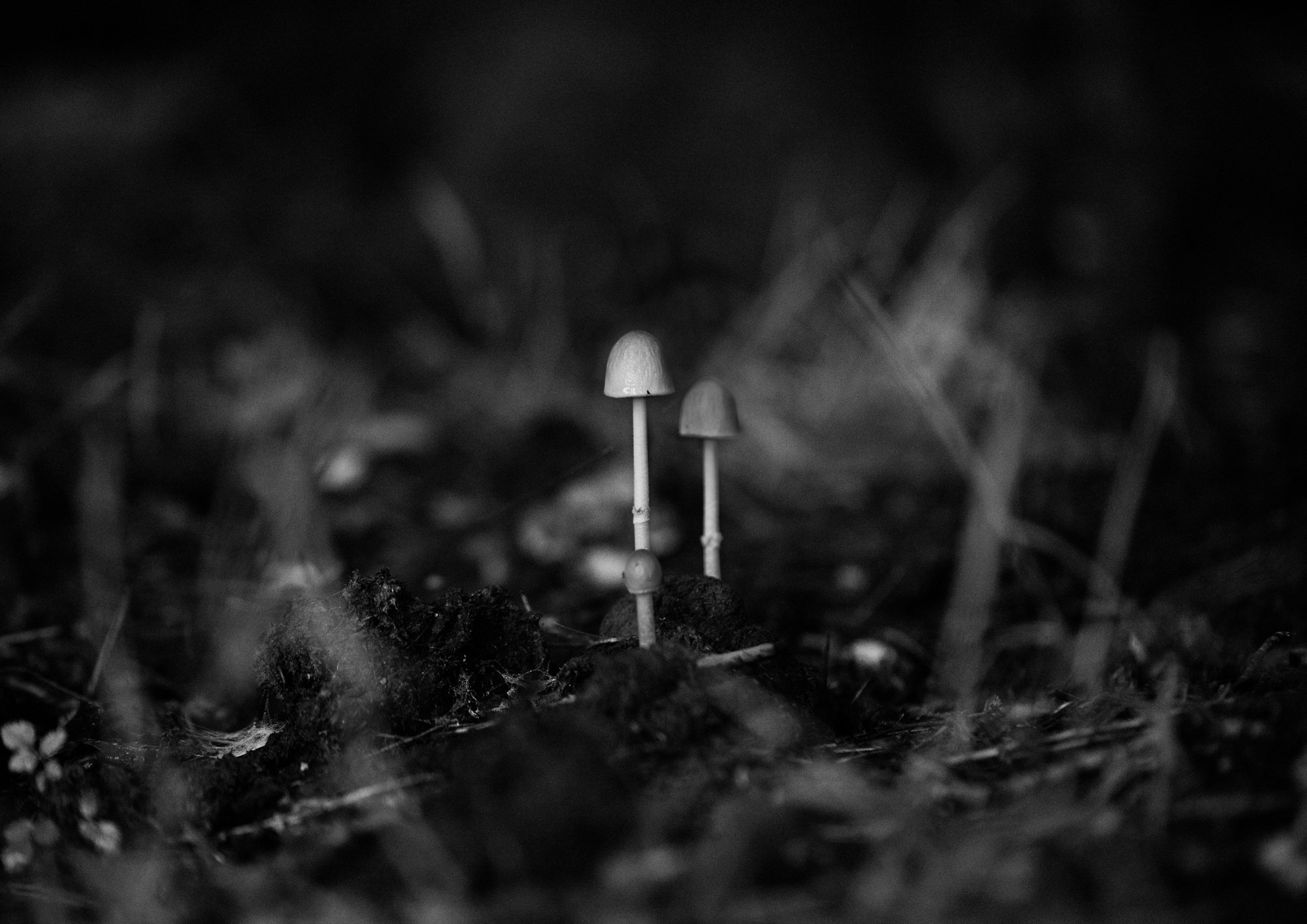
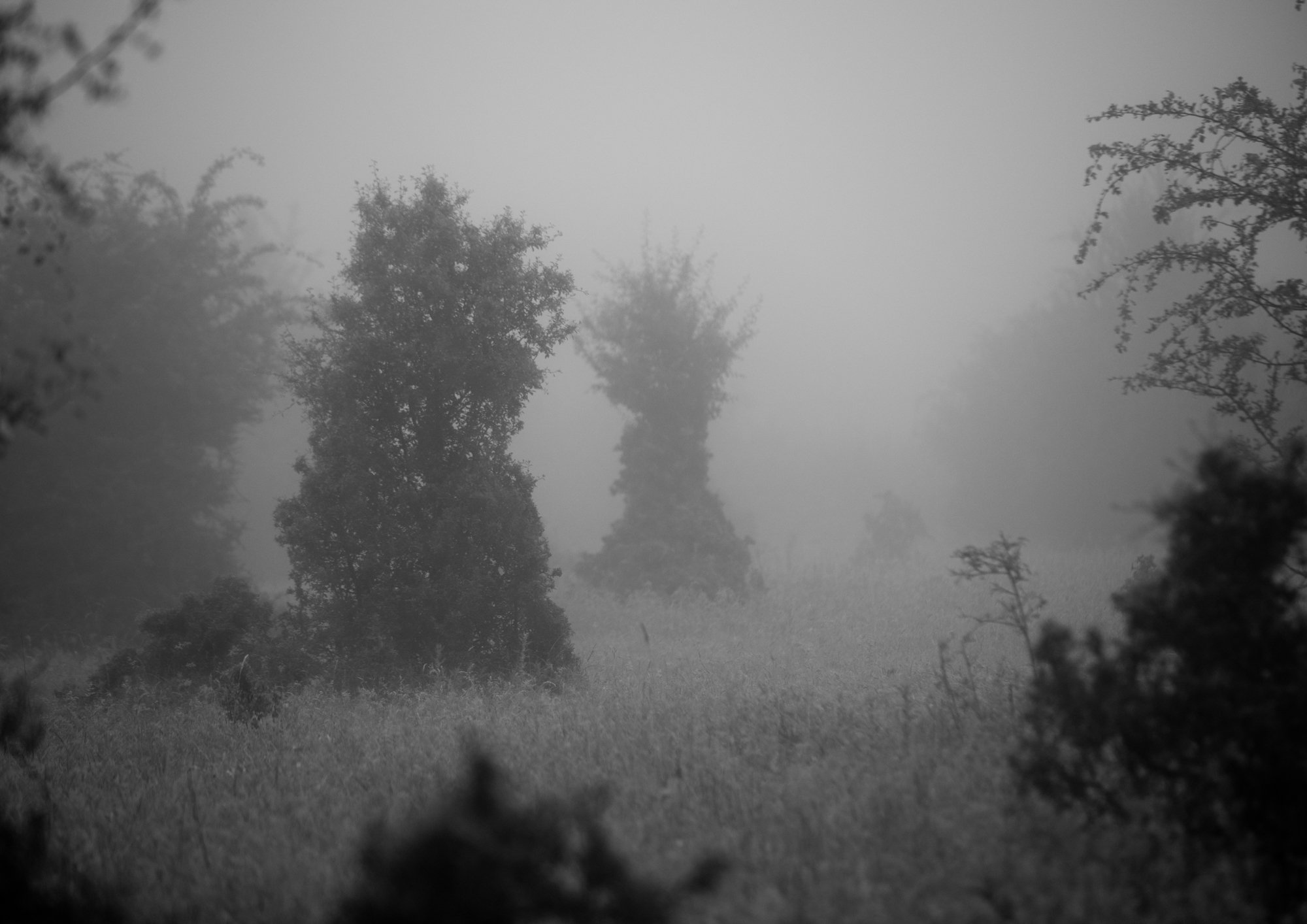
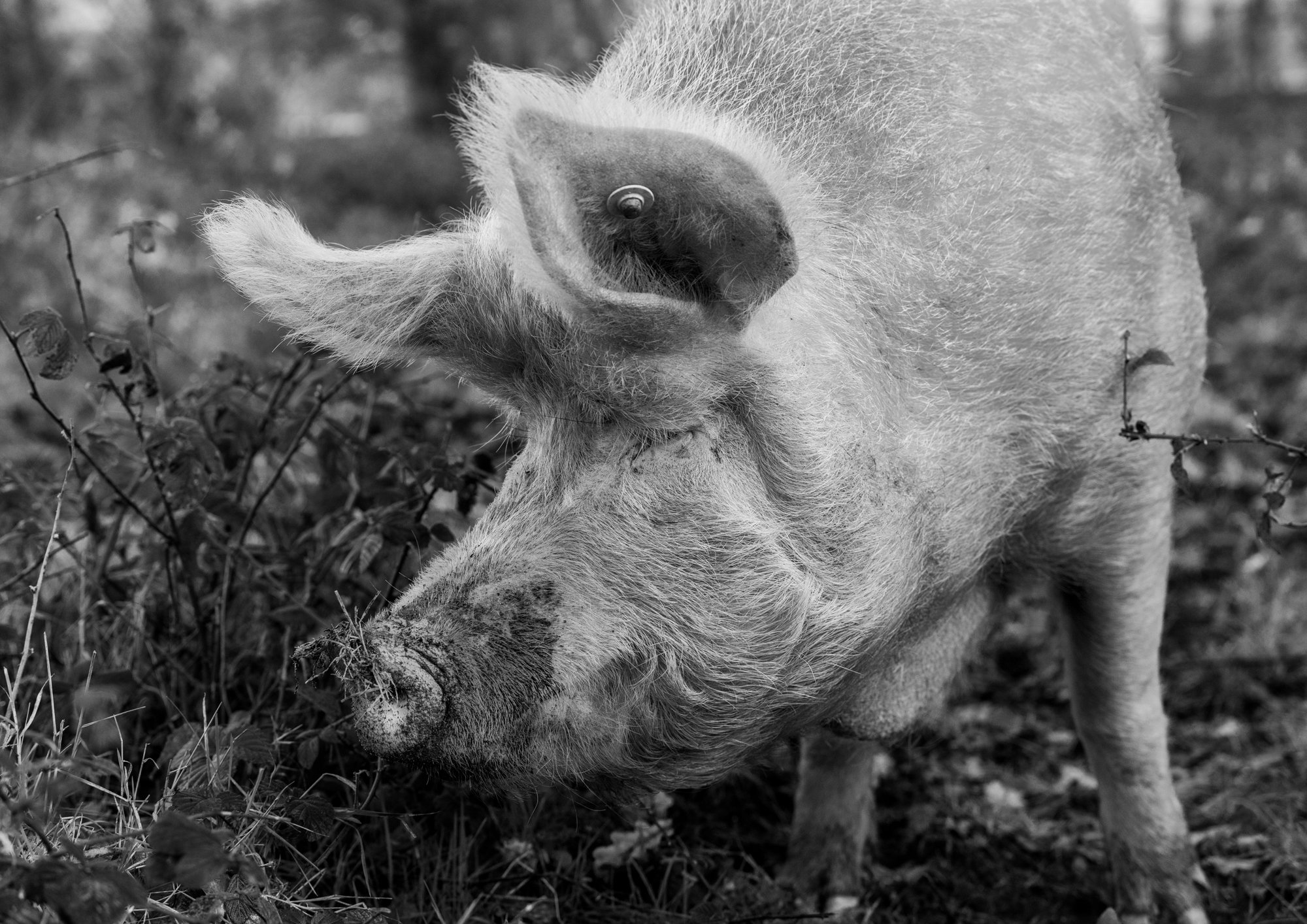
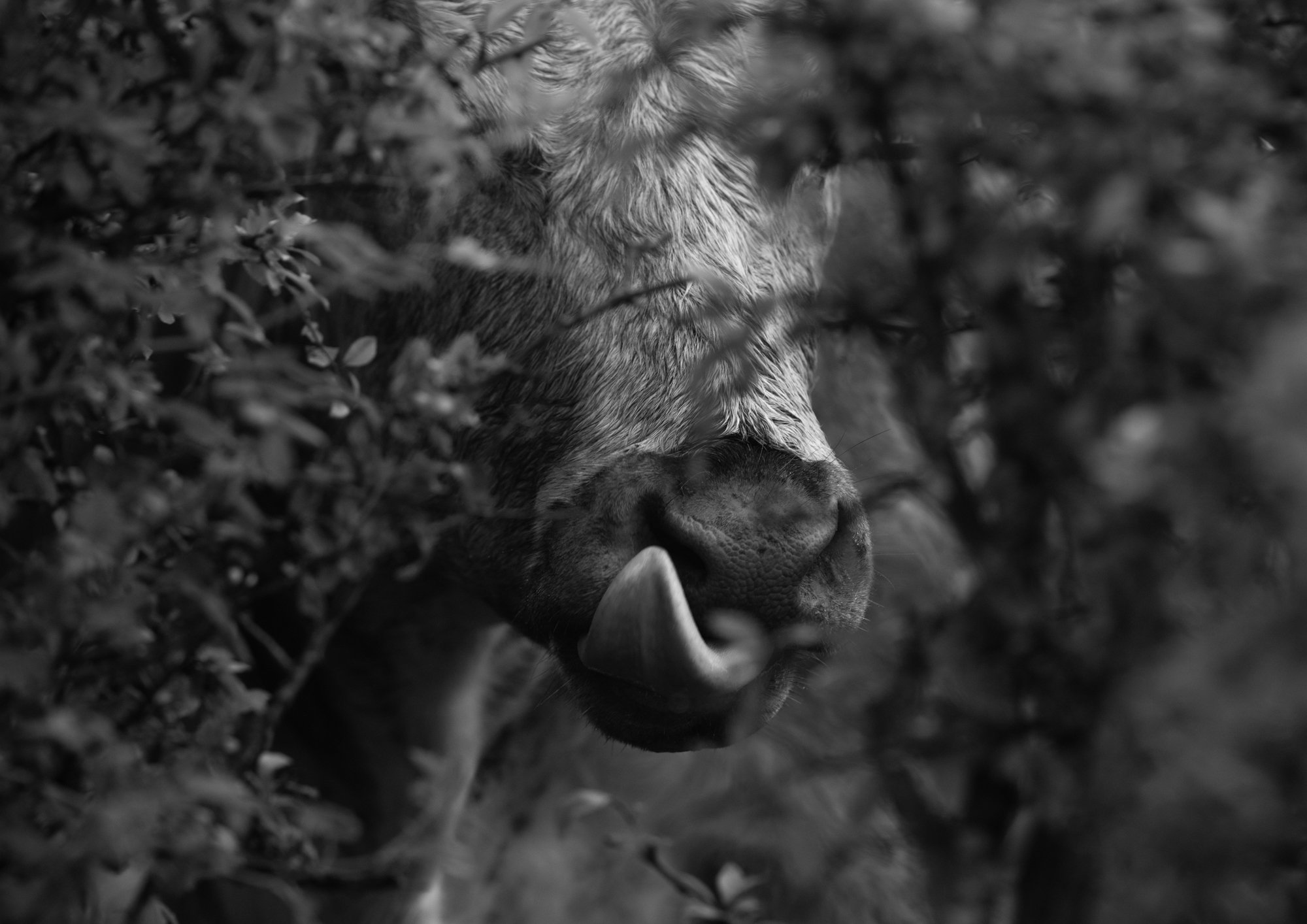
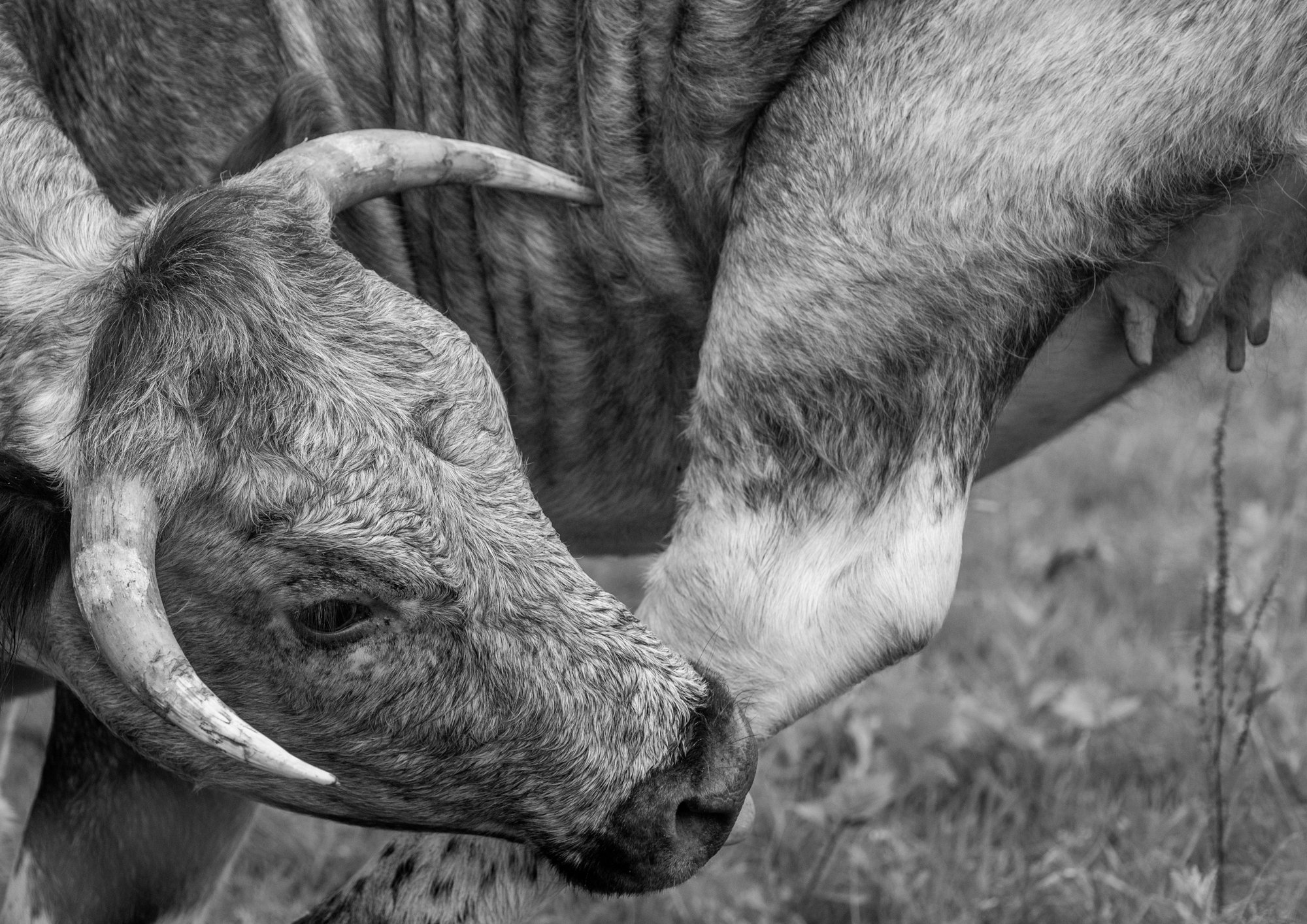

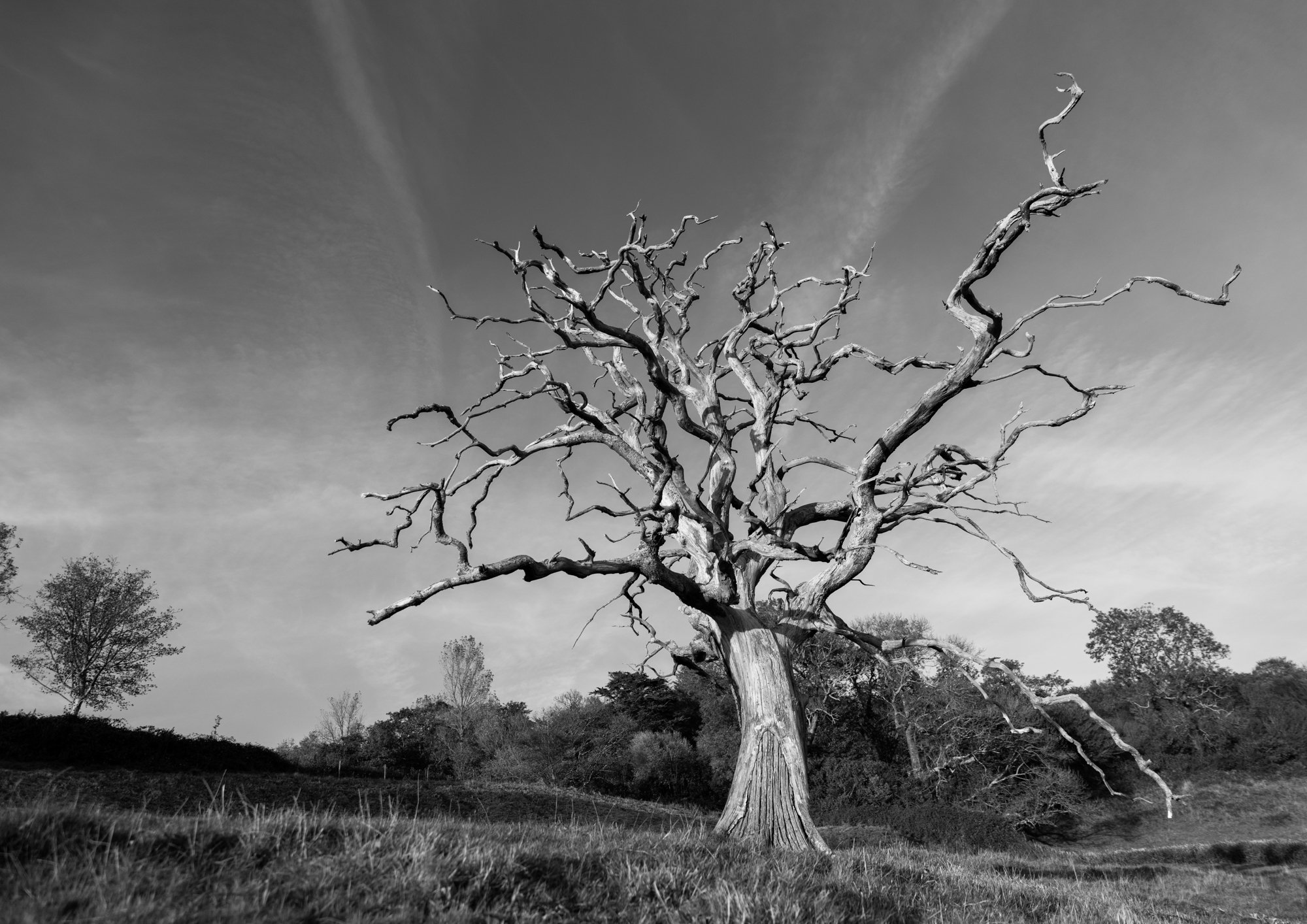

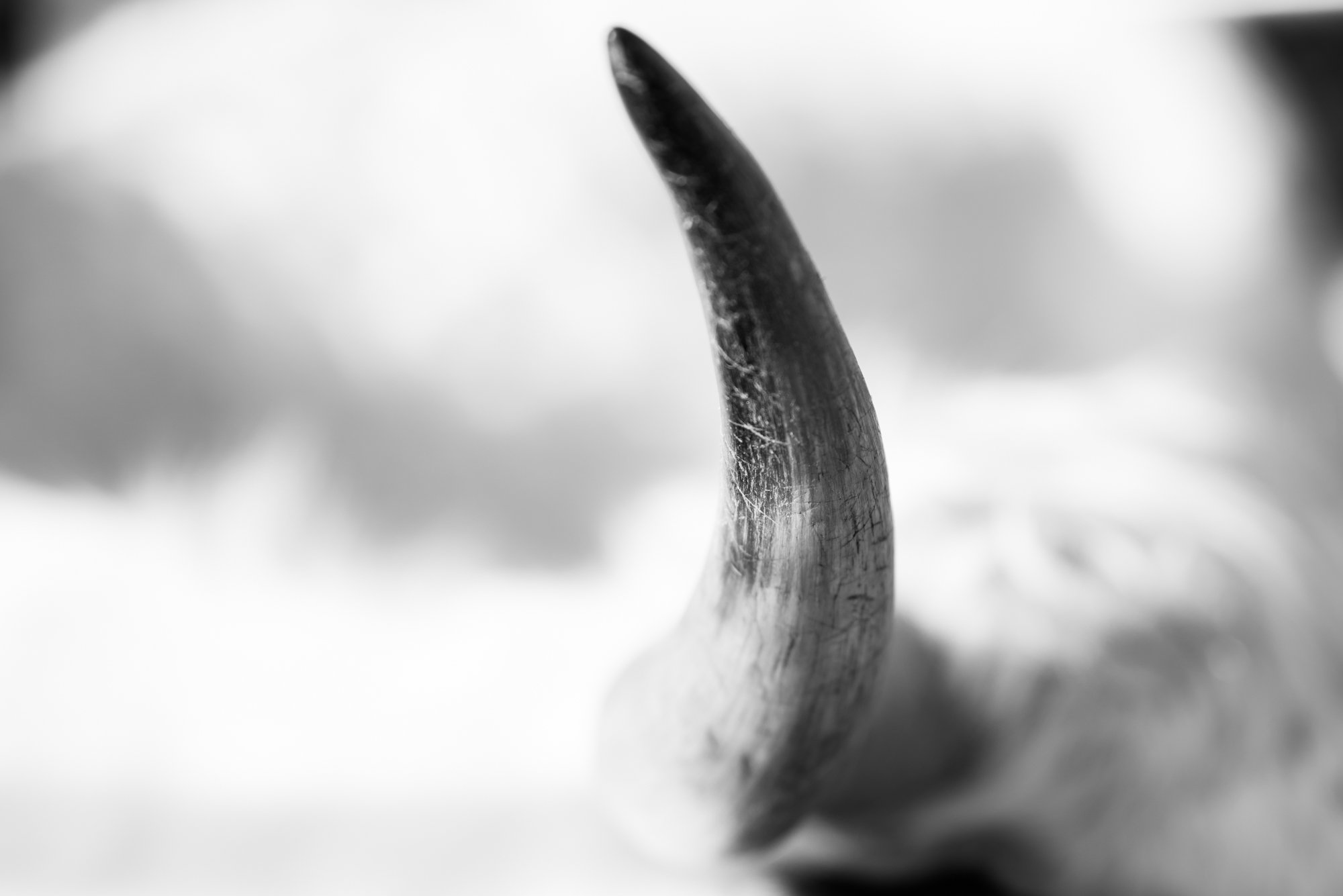
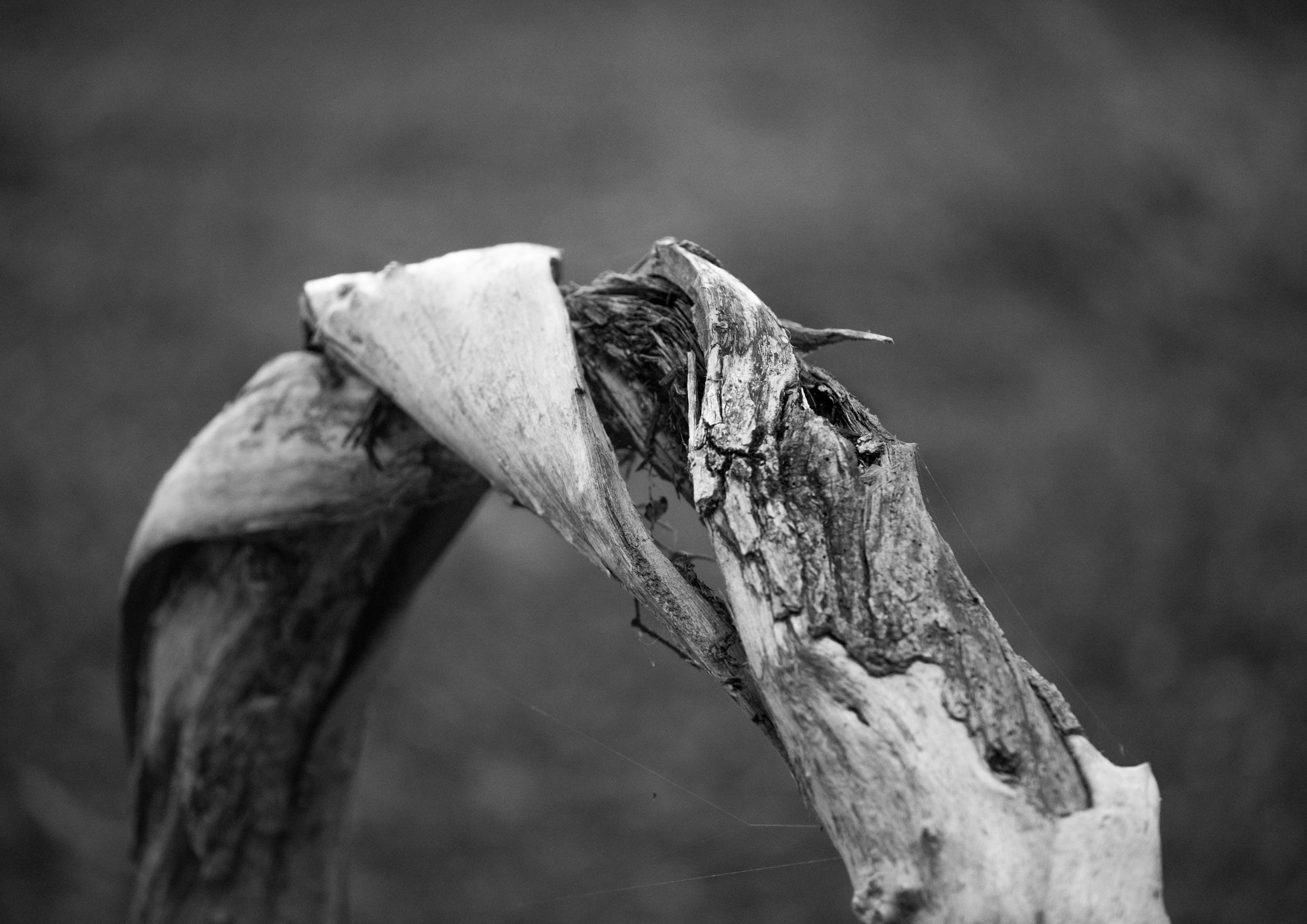
This exhibition has been gratefully supported in part by the Fine Family Foundation and Heal Rewilding, as well as logistical support from the Arts University Bournemouth. My thanks to all.
Thank you for looking at this - for feedback, please send me a message through this link and buy me a coffee (below) if you feel like it :)
Thanks
I have a huge range of people and organisations to thank for helping me with the photography, the interviews and this exhibition, and not wanting to leave anyone out, have tried to list them all below. In terms of this exhibition, I am very grateful to Heal Rewilding and the Fine Family Foundation for their sponsorship, to BU for the venue and to AUB for ongoing support.
My thanks go to: Nick Gray, James and Mel Fuller, Harry Barton, Dom Buscall, Sir Prof. Ghillean Prance, Lloyd Park, Doug Hulyer, Sir Tim Smit, Tom Munro, Donald Campbell OBE, Rob Beard, Chris Woodruff, Hannah Needham, Jan Stannard, Isabella Tree, Sir Charlie Burrell, Pat Toe, Ivan De Klee, Penny Green, Prof. Ali Driver, Derek Gow, Mark Elliot, Prof. Richard Brazier, Bella Murfin, Hugh Loxton, Gerard, Jack, Prof. Steve Carver, Jennie and Chris, Sir Ferrers Vyvyan, Nick Padwick, Phil Sterling, Steve Radcliffe, Steve Oliver, Mark Elliot, Phoebe Cox, Hilary Cross, Tim Turner, Ellie Egan, Prof. Adrian Newton, David Brown, Mark Singleton, Luke Montagu, Thomas MacDonell, Brian Bleese, Tom Brereton, Bryan Edwards, Tom and Sophie Gregory, Hester and Rob.
Thanks also to: Prof. Paul Wenham-Clarke, Pauline Ferrick-Squibb, Rhiannon and the Tech team at AUB, all my supportive colleagues there; Jayne, Tamzin, David, Kat, Adele, Laura and Rob, and Will, Violet, Celia, and Ernie, and Sibyl, Martin, Caroline, James, Jan and Hannah for exhibition support. Finally, of course, huge thanks to my parents, to Ann Shaw, and, most of all to Alfie, Eddie and Debs.




